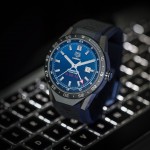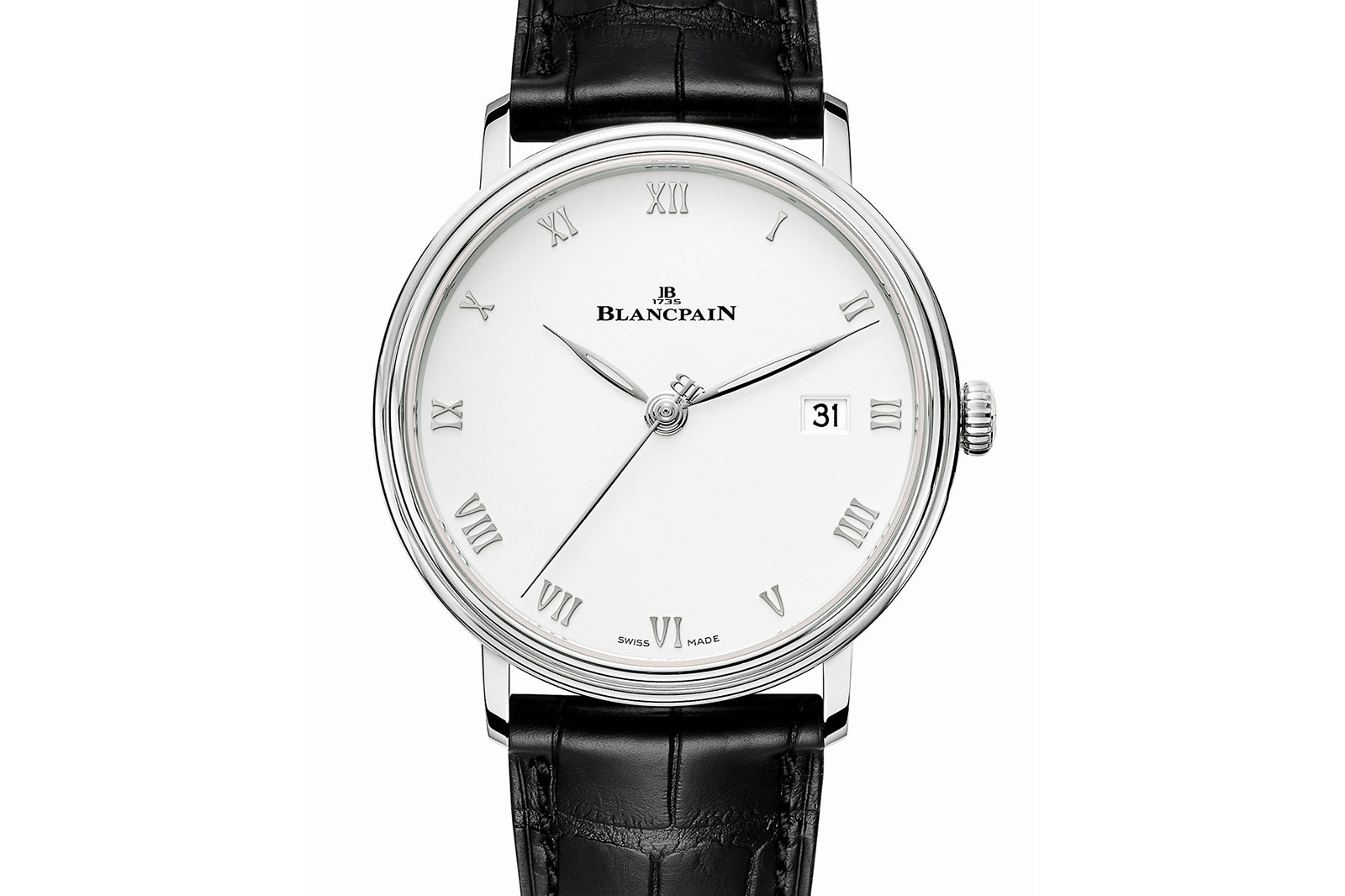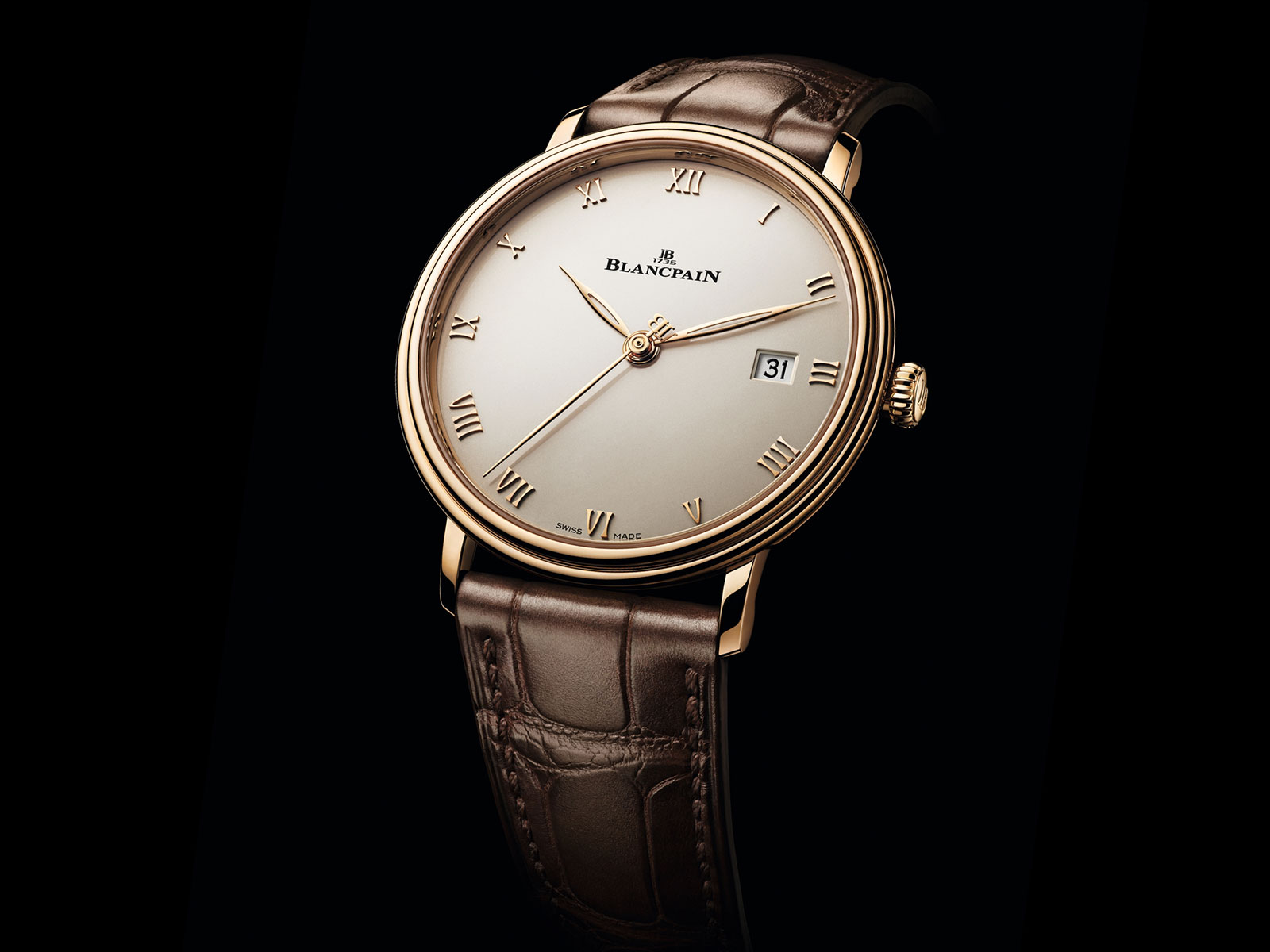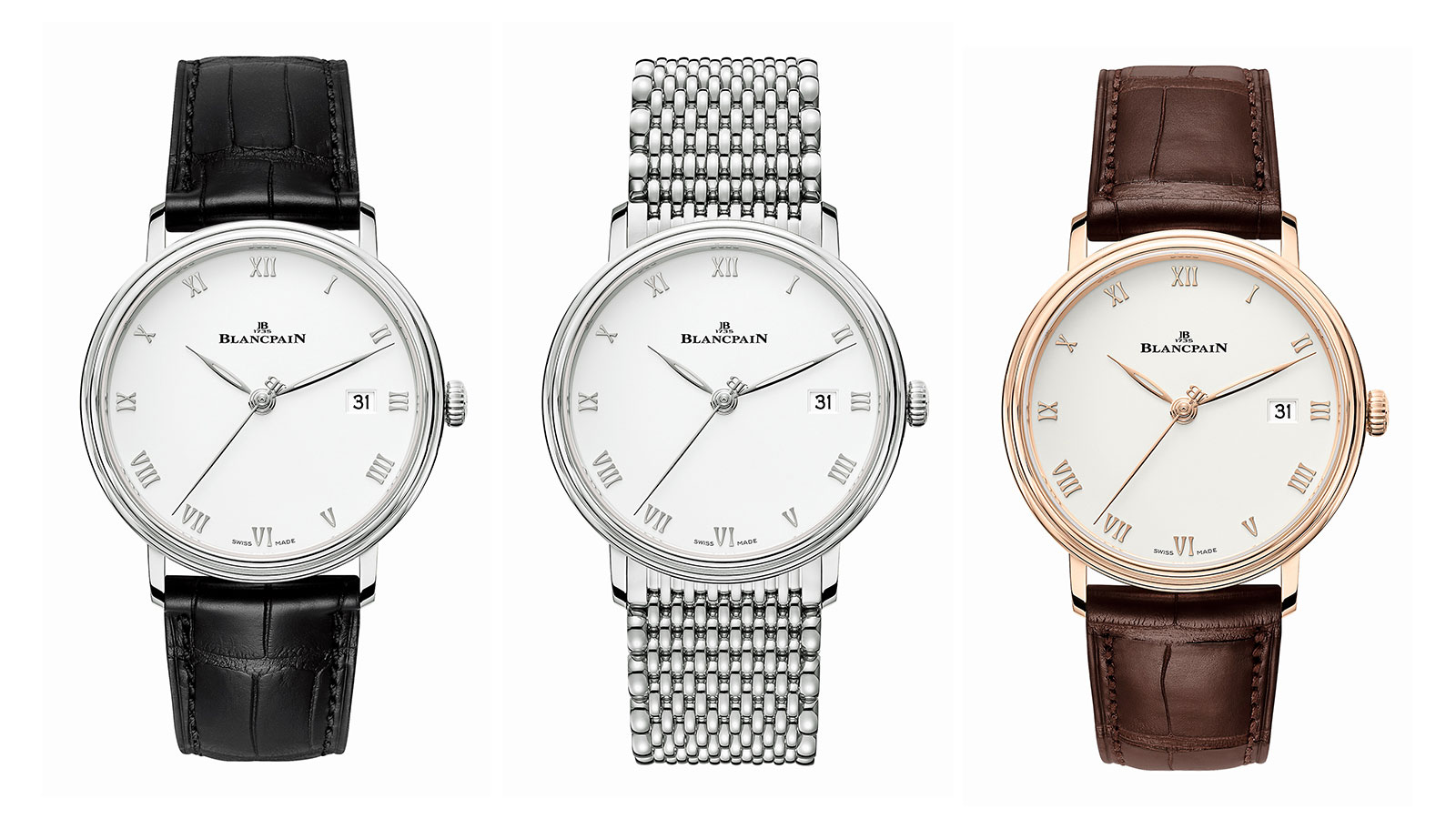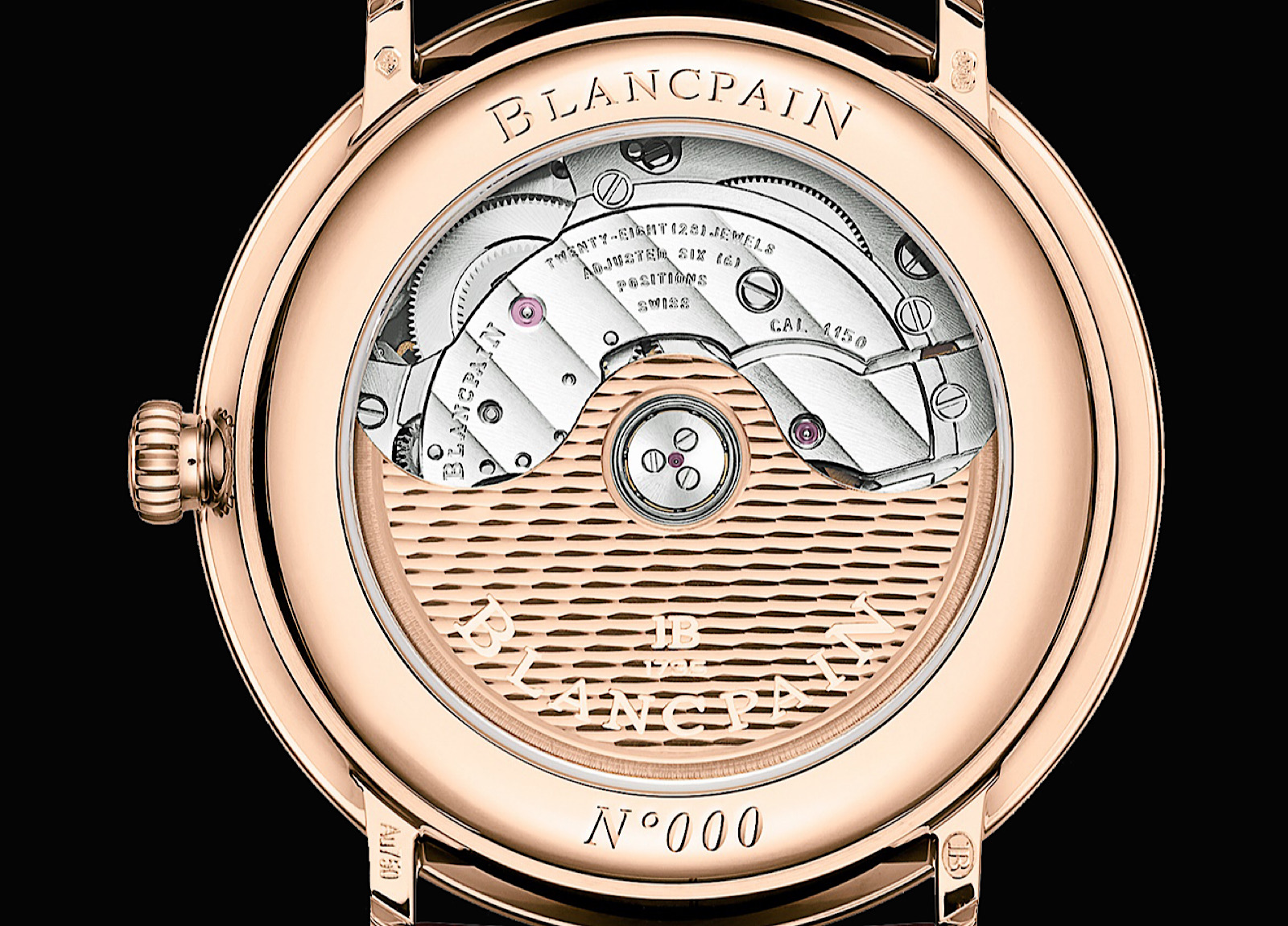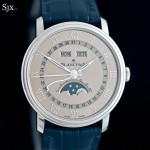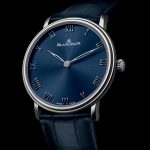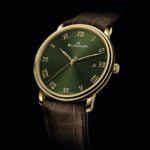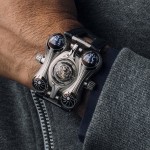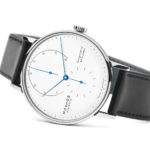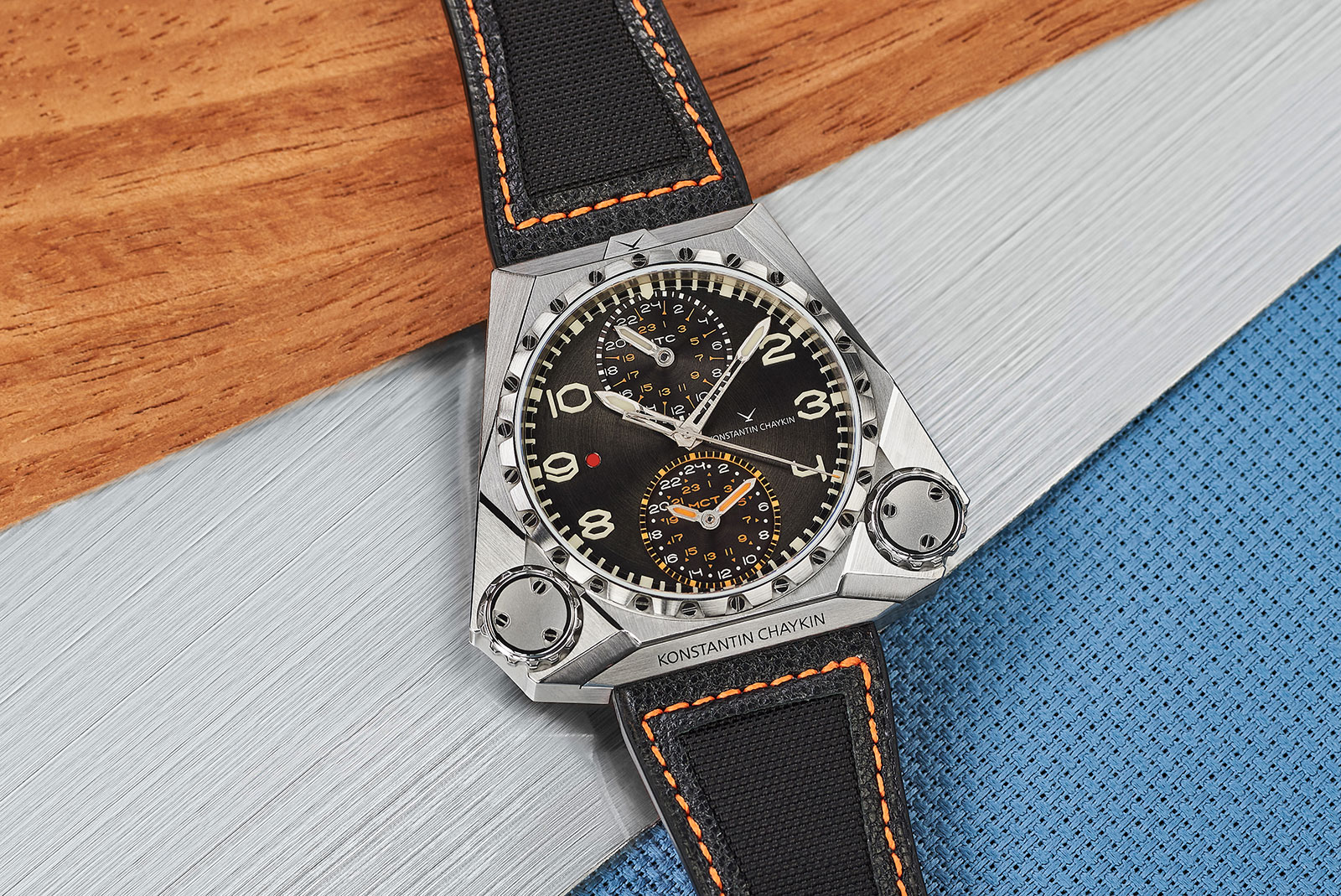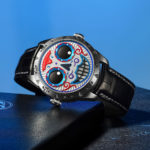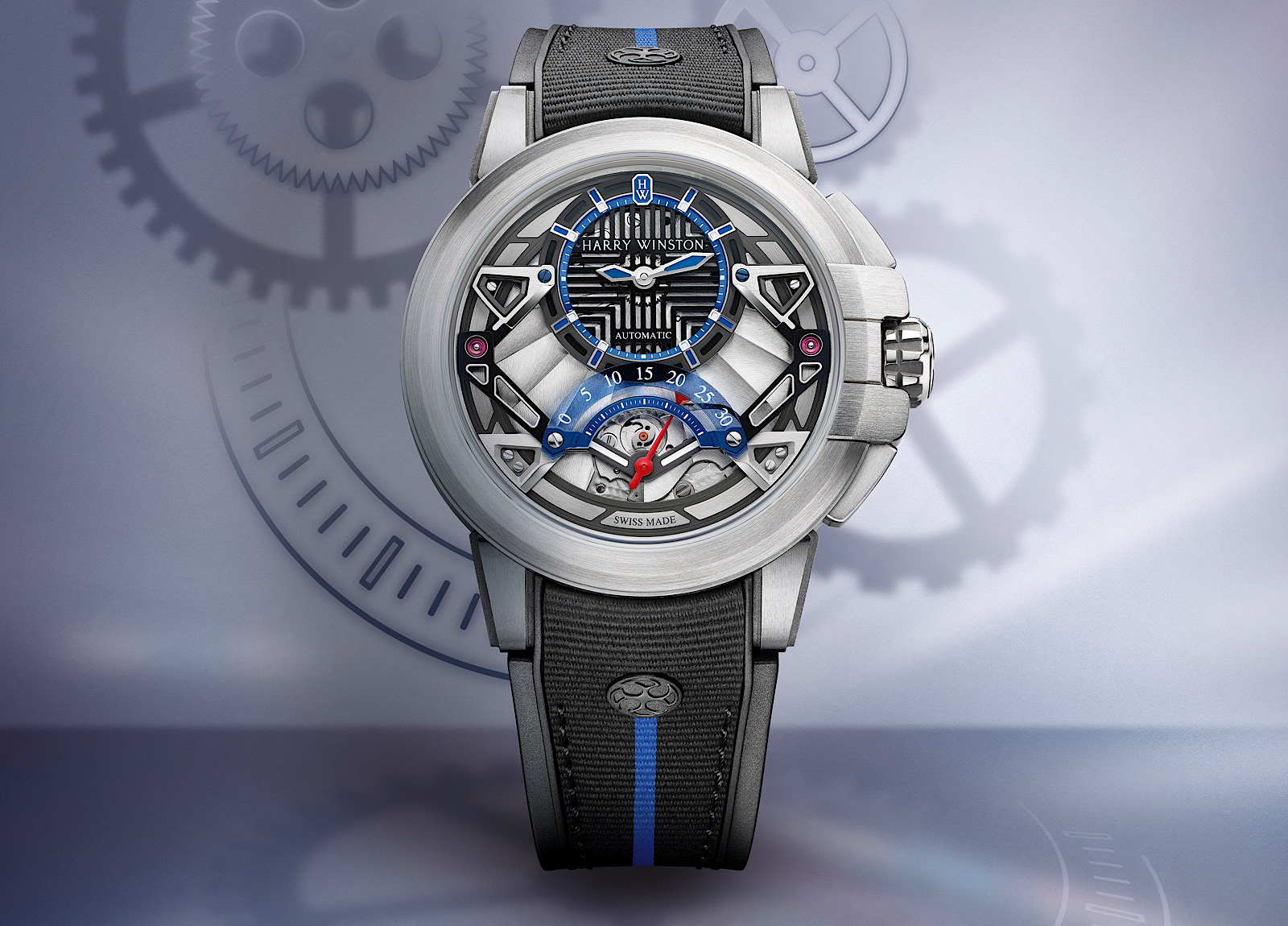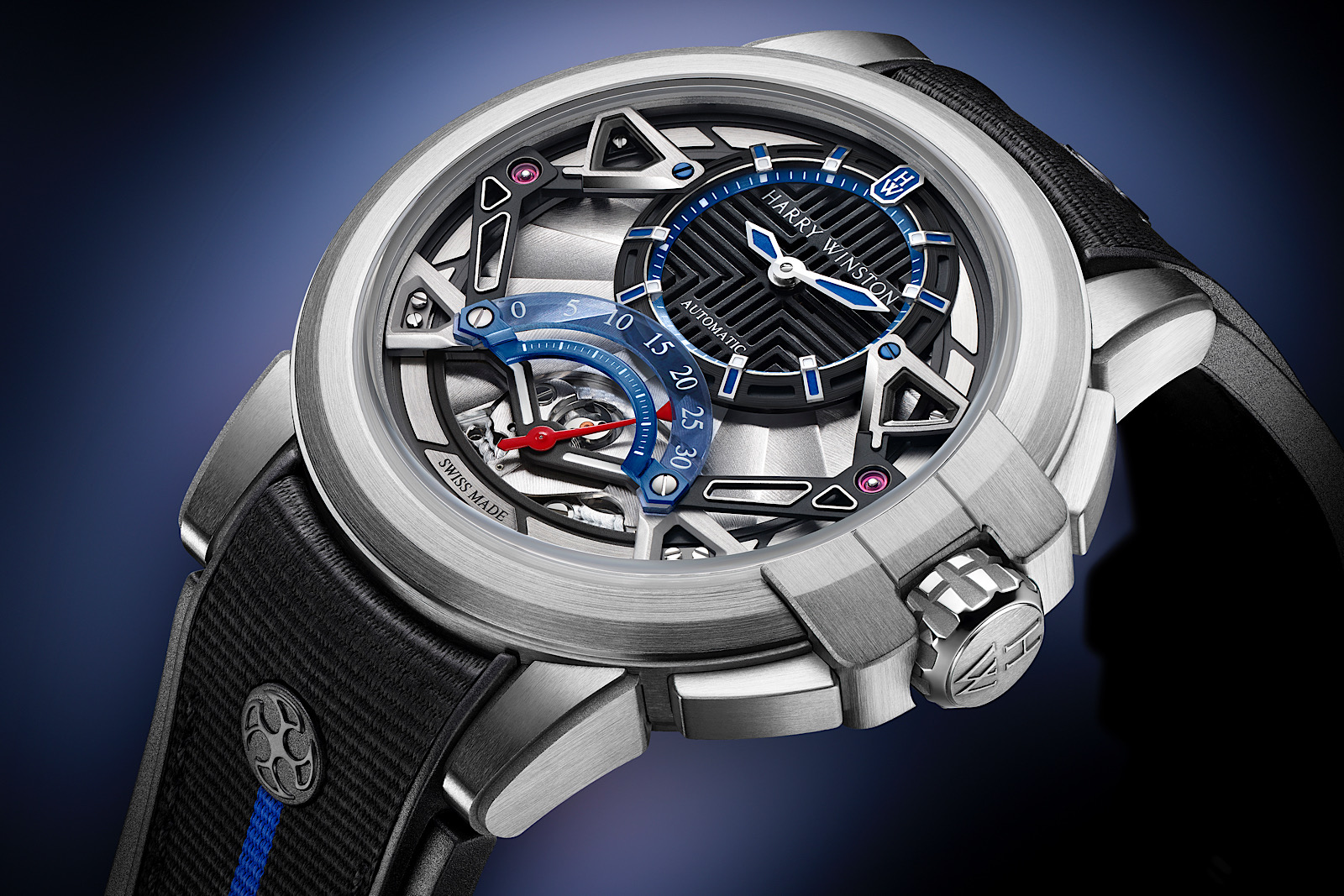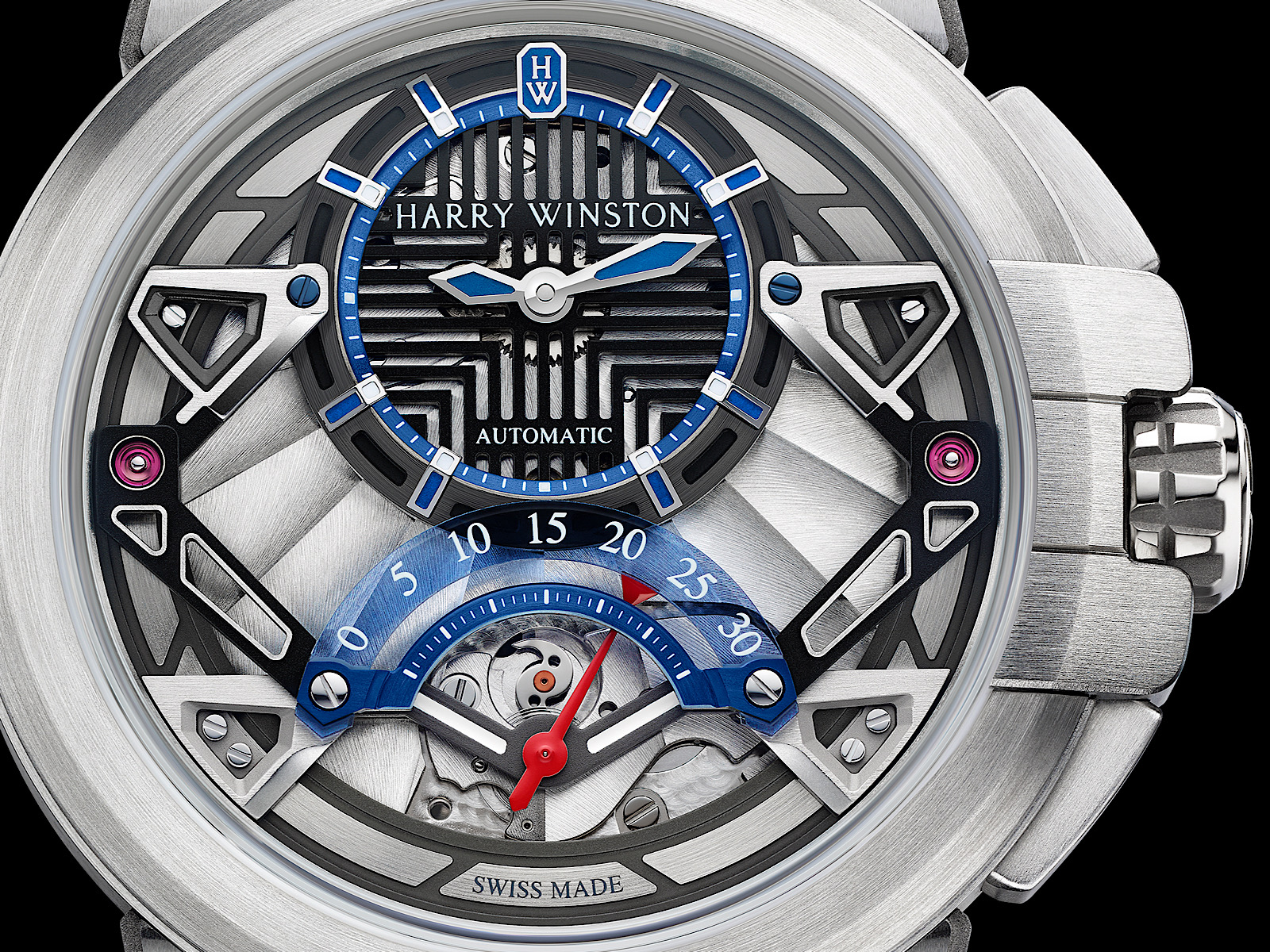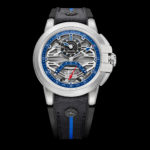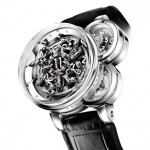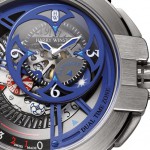When Russian independent watchmaker Konstantin Chaykin announced the Mars Conqueror last year, it was not the first Martian-time wristwatch, but it was by far the most advanced and comprehensive watch to indicate Martian time – and even the Martian calendar.
TAG Heuer was appointed the official timekeeper for China’s Mars exploration mission in 2016, with its chief executive Jean-Claude Biver declaring that exploring the Red Planet is “the next giant leap for humanity”. With its launch planned for July 2020, the Chinese journey to Mars is just one of several missions to the planet – Russian space agency Roscosmos and NASA are working on similar projects. Despite the steady progress in reaching Mars, no big watch brand has debuted a watch that tells Martian time.
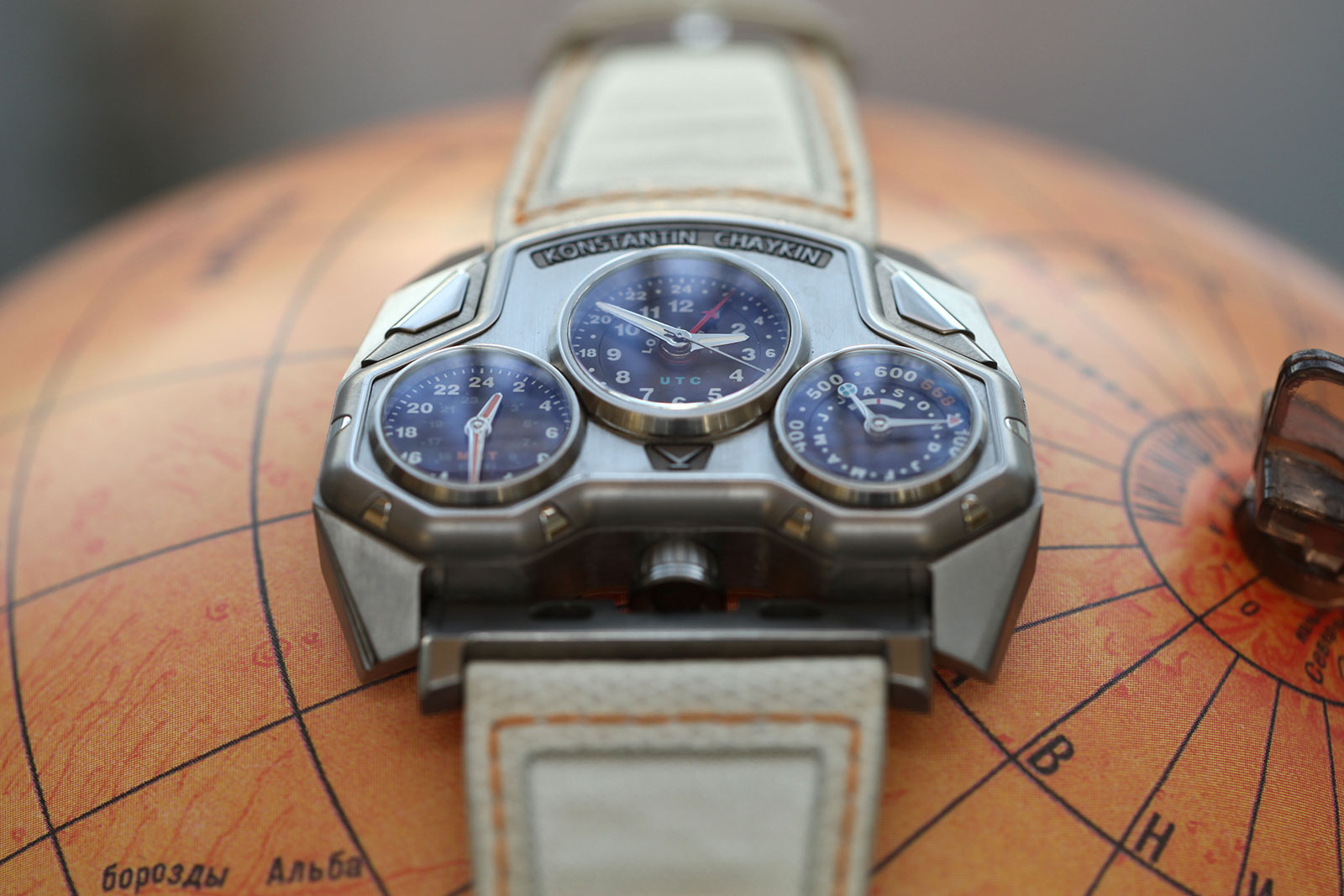
Konstantin Chaykin’s experimental Mars Conqueror of 2019
But such watches have been built, as a matter of necessity for the scientists involved in past Mars missions. NASA’s Mars Exploration Rover (MER) of 2004, for instance, commissioned several watchmakers to construct simple but effective Martian-time watches.
Since the Martian day, known as a sol, is 24 hours, 39 minutes and 35 seconds, the solution was to slow a conventional watch to match Martian time. Steve Maddox of North Little Rock converted a second world war, military-issue Hamilton 4992B pocket watch for MER team member Jeff Moersch, reducing its frequency from the standard 18,000 beats per hour (bph) to about 17,525 bph.
And Los Angeles jeweller Garo Anserlian applied the same conversion technique to an Asian-made automatic wristwatch for MER systems engineers Julie Townsend and Scott Doudrick. Both watchmakers relied on the same modification to achieve Martian timekeeping: progressively adding weights to the balance wheel until the desired accuracy for Mars time was reached.
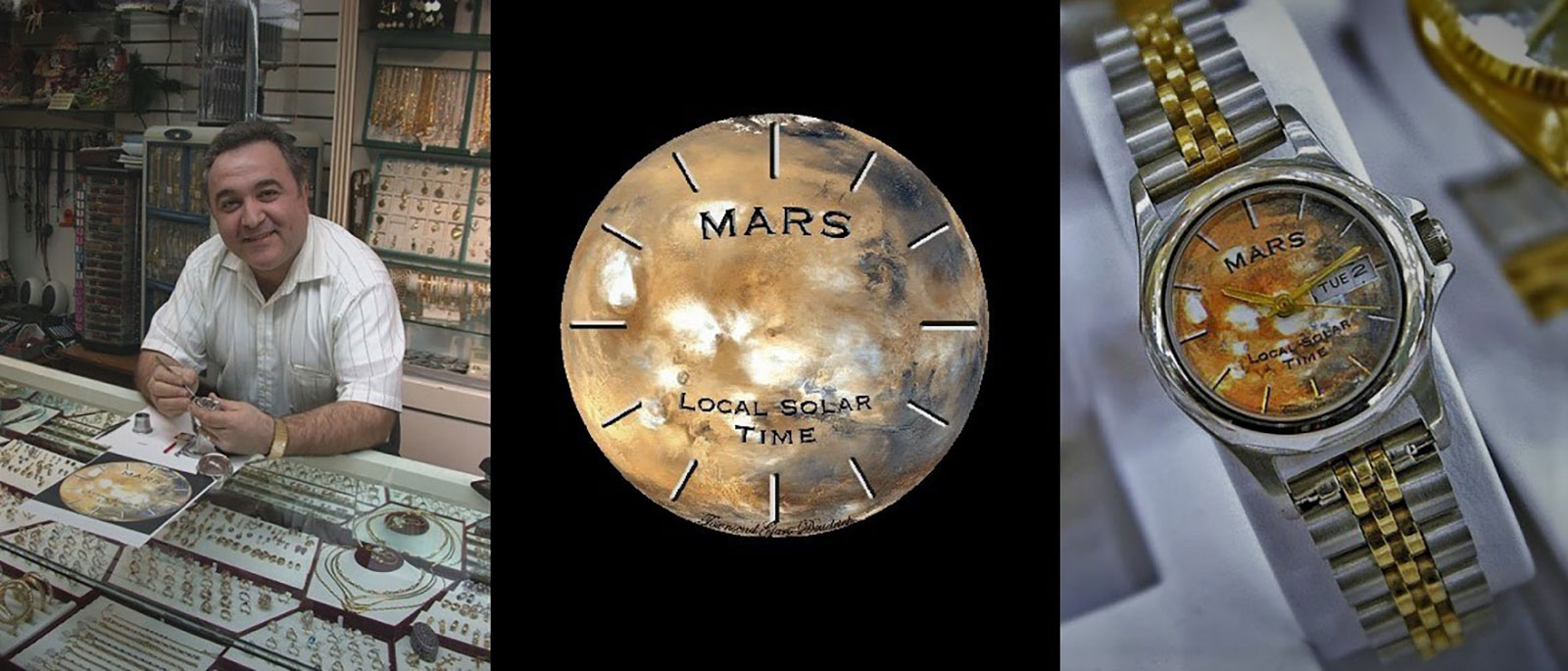
Garo Anserlian starting making Martian-time watches in the early 2000s, pricing them between $75 and $500. Photos – Executive Jewelers
Proper Martian watchmaking
Konstantin Chaykin, on the other hand, has gone a step further, seeing a need for “a specialised mechanical watch that is reliable and capable of functioning autonomously both in space and on Mars” for the missions to Mars.
And given his background in fine watchmaking – he is a member of the independent watchmaking academy AHCI – the methods used to build the Martian-time watches to date do not meet his minimum standards for excellent mechanical watchmaking.

Konstantin starts new watch constructions with random drawings in a notebook that he always has with him, ready for him to pen down whatever idea comes to mind; the sketches are refined until he is ready to begin the formal design process
While the phenomenal success of the simple-but-amusing Joker wristwatch brought him fame outside his native Russia, Konstantin wants to return to the highly complicated watches that were always his speciality. He then decided to turn his focus to space travel-related complications for the next few years.
One of his first such projects was to build a watch indicating Martian- and Earth-time simultaneously, and powered by a single movement. Work began on the Martian time project in 2017 with the Mars Conqueror Mk 1, which featured a Martian-time mechanism he patented the same year.
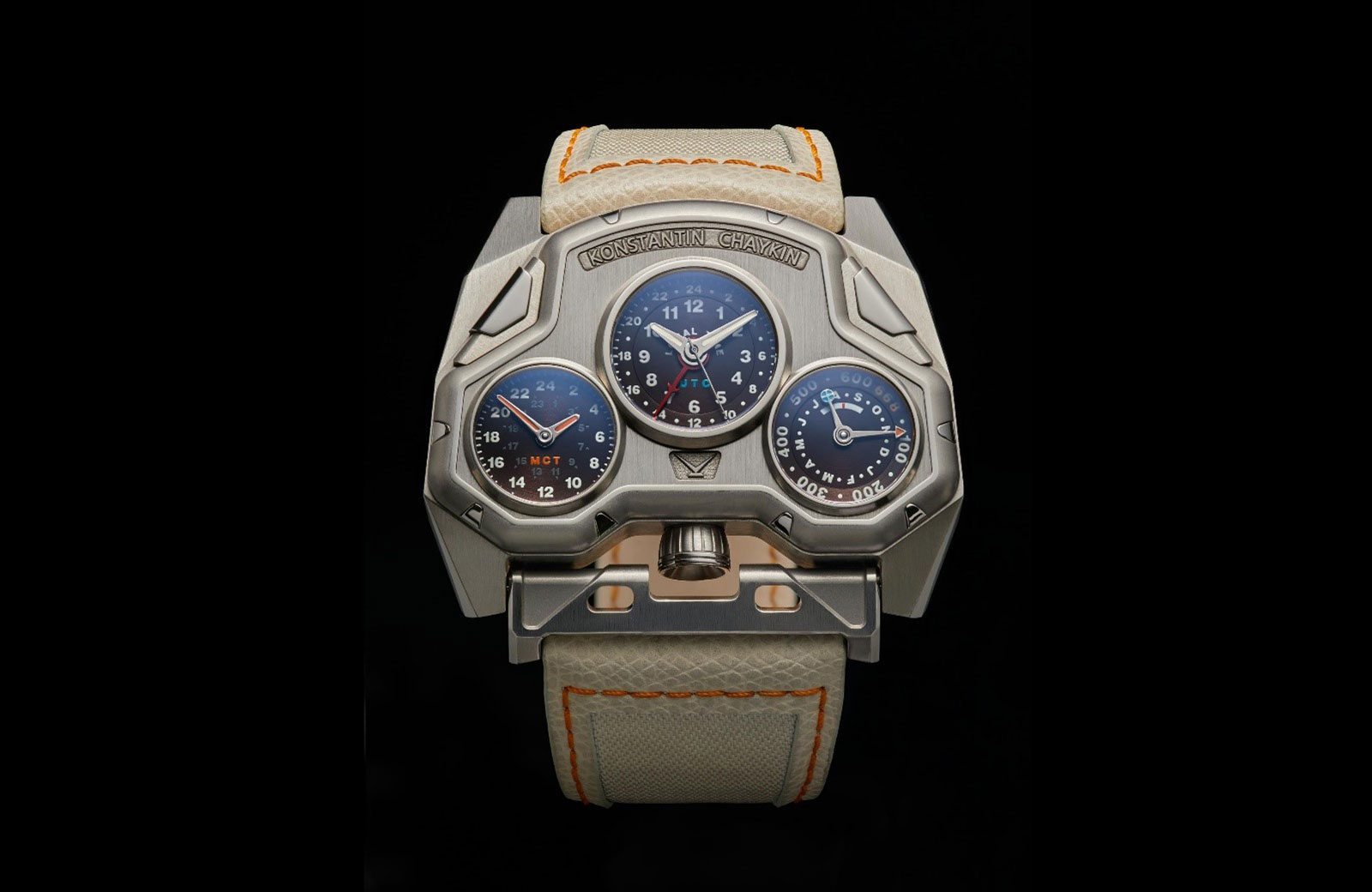
The Martian supercomplication
Designed to have its sub-dials resemble the relative positions of Earth, Mars and the Sun, the Mars Conqueror Mk 1 was a concept watch, showing Earth time as well as nine additional displays, including the synchronisation of Earth- and Martian time, a Martian date display that also shows the mission duration, indication of the relative positions of the Sun, Earth and Mars, as well as a planetary-opposition and super-opposition complication – making it very much a “supercomplication”.
Despite the extreme complicated movement, the functionality of the Mars Conqueror Mk 1 was straightforward, illustrating Konstantin’s practical approach to engineering. Setting local time, the second time zone and Martian time was done via the crown, while correction of the positions of the Earth and Mars, as well as setting mission time, was carried out using a special differential-ratchet mechanism accessed via the case back.
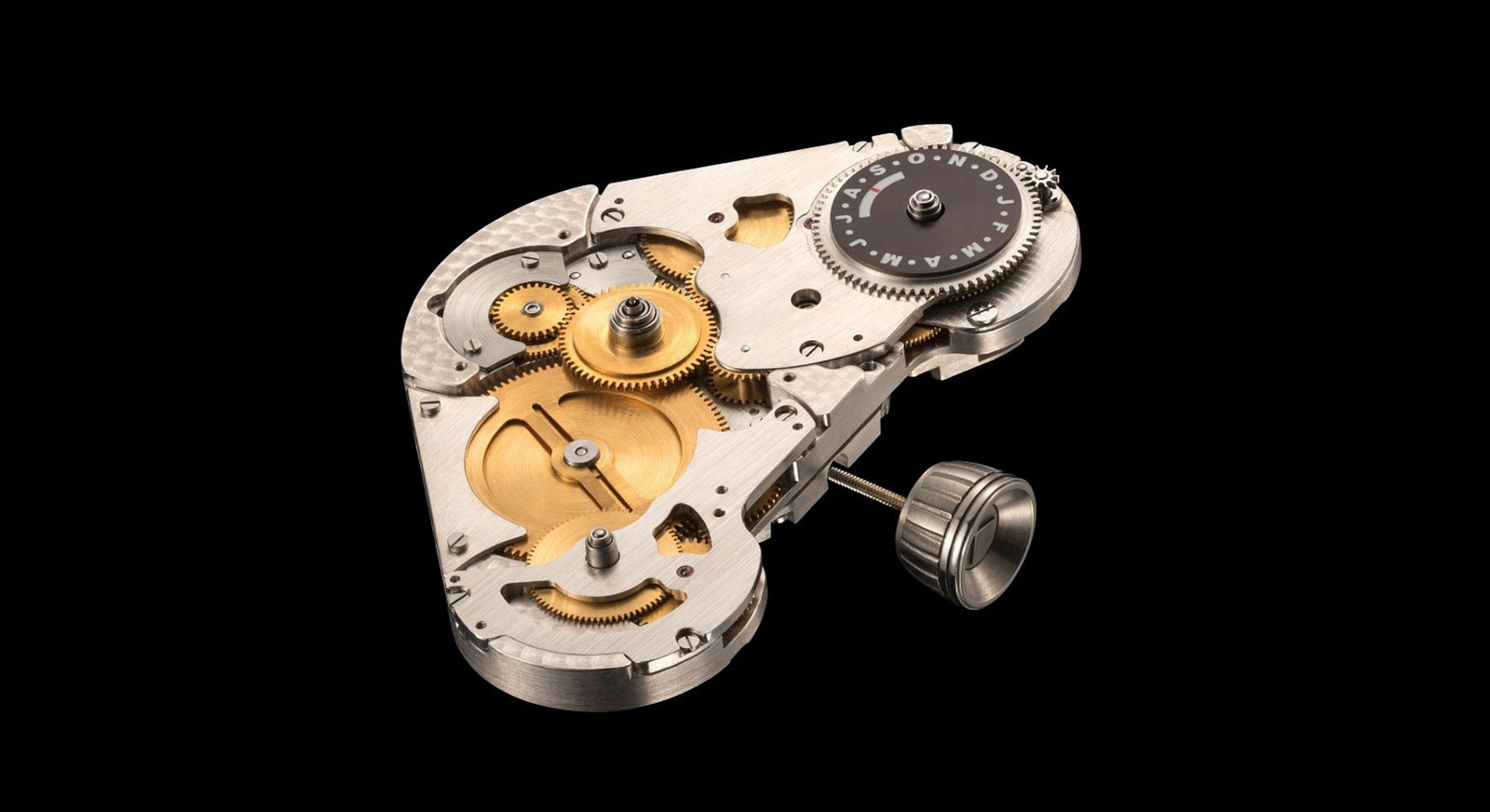
All the complications of the Mars Conqueror Mk 1 were integrated into a delta-shaped, 159-part module built entirely in Konstantin’s workshop, and mounted on an ETA 2836-2 base movement, which is completely covered by the module
Detailed in Russian patent RU2685764, the Martian-time mechanism uses a reduction gear to synchronise Earth and Martian time.
A simple pair of gears, with 109 and 112 teeth respectively, gives an acceptable accuracy of within 2.736 seconds per day – well within COSC chronometer-testing standard of -4 to +6 seconds per day. The accuracy is constant for both a Martian day, or a sol, which is 88,775.244 seconds long, and the Earth’s mean solar day of 86,400 seconds, which is 24 hours.
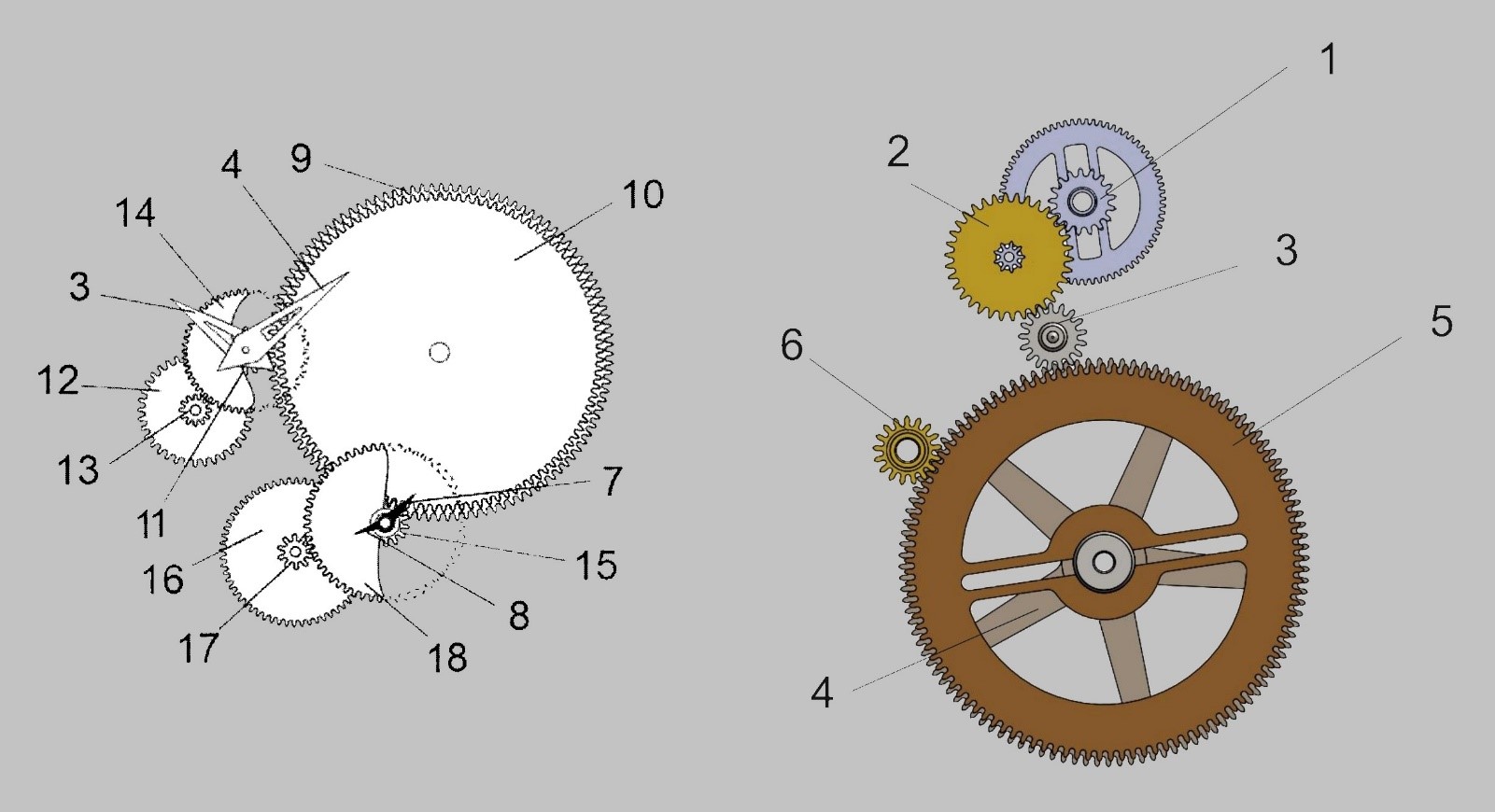
The illustration (left) explains the concept behind the mechanism, which centres on a gear train (right) that converts Martian time into Earth time and is made up of (1) cannon pinion of the ETA 2893-2 base movement; (2) a minute wheel; (3) an intermediate wheel; (4) a 109-tooth wheel; (5) a 112-tooth wheel; and (6) the Martian-time pinion
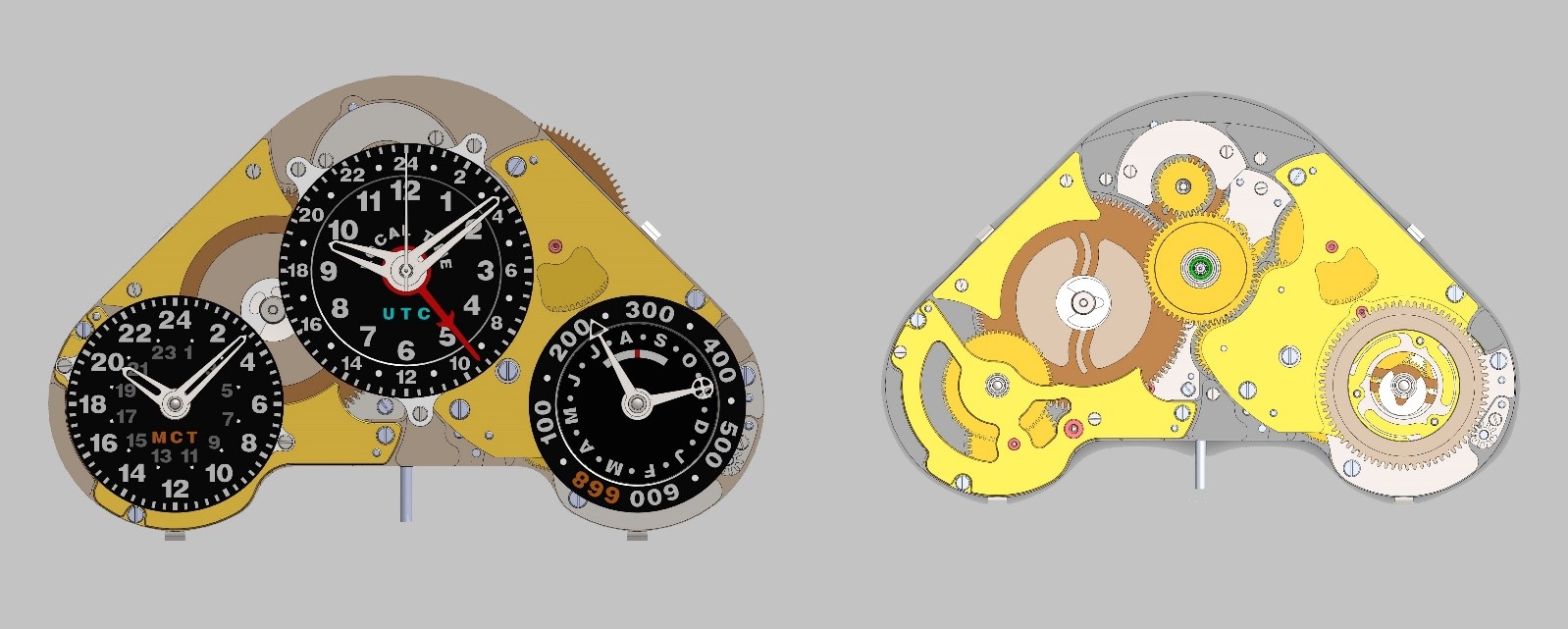
Removing the sub-dials of the Mars Conquerer Mk 1 reveal the large number of gears required to ensure the correct rotation of the two hands, which have to take into account the different length of Earth and Martian years
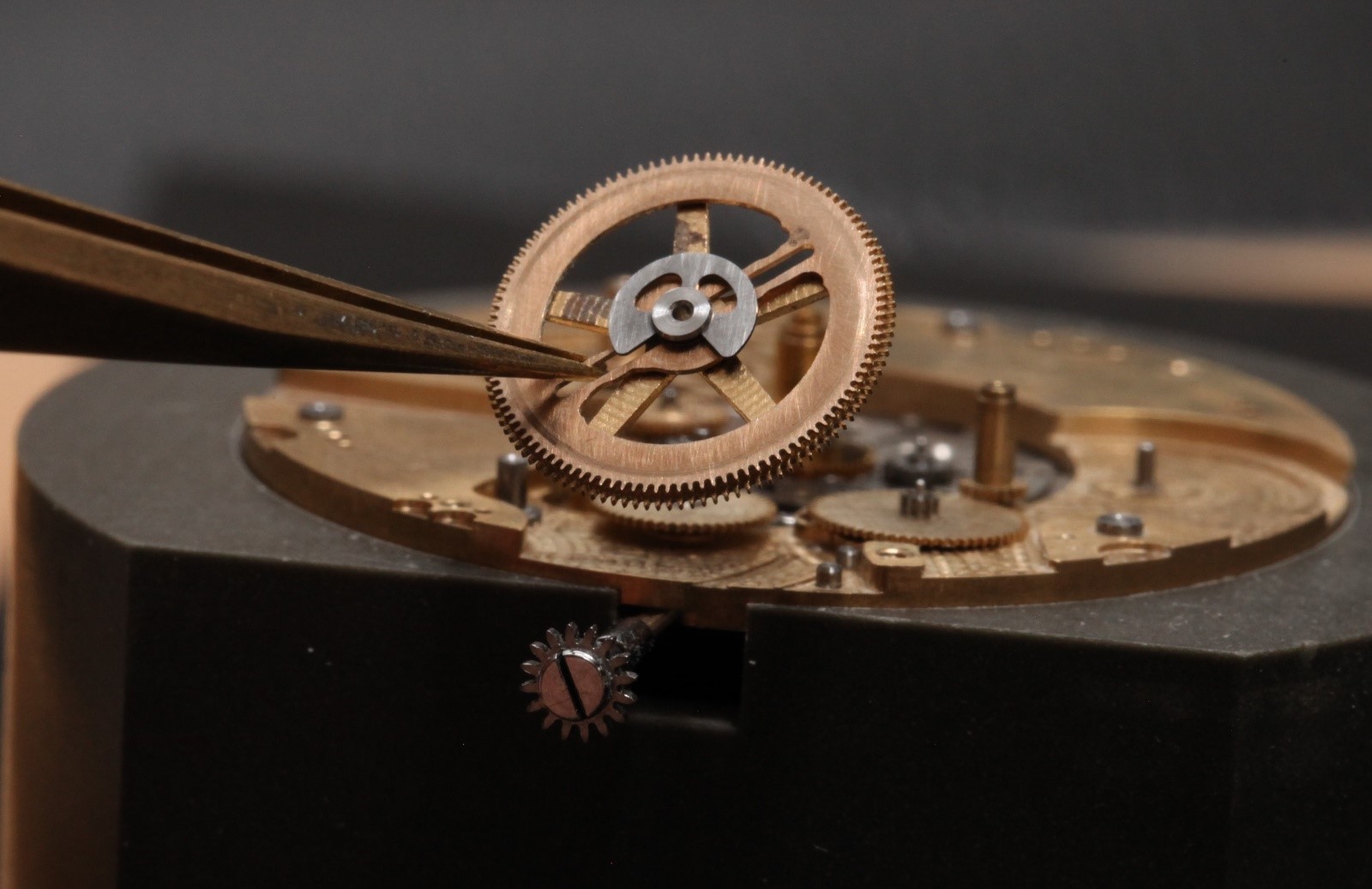
The twin-level gear (above) that synchronises Martian- and Earth time, fitted with special washers that prevent the wheels from lifting
Konstantin decided not to put the Mars Conqueror into production, because he judged it too complicated, and consequently too expensive to be commercially viable, especially given the ETA base movement.
Furthermore, feedback he received about the Mk 1 prototype suggested the watch was too big and bulky, with displays that were too small. And the unusual case shape turned out to be controversial as well.
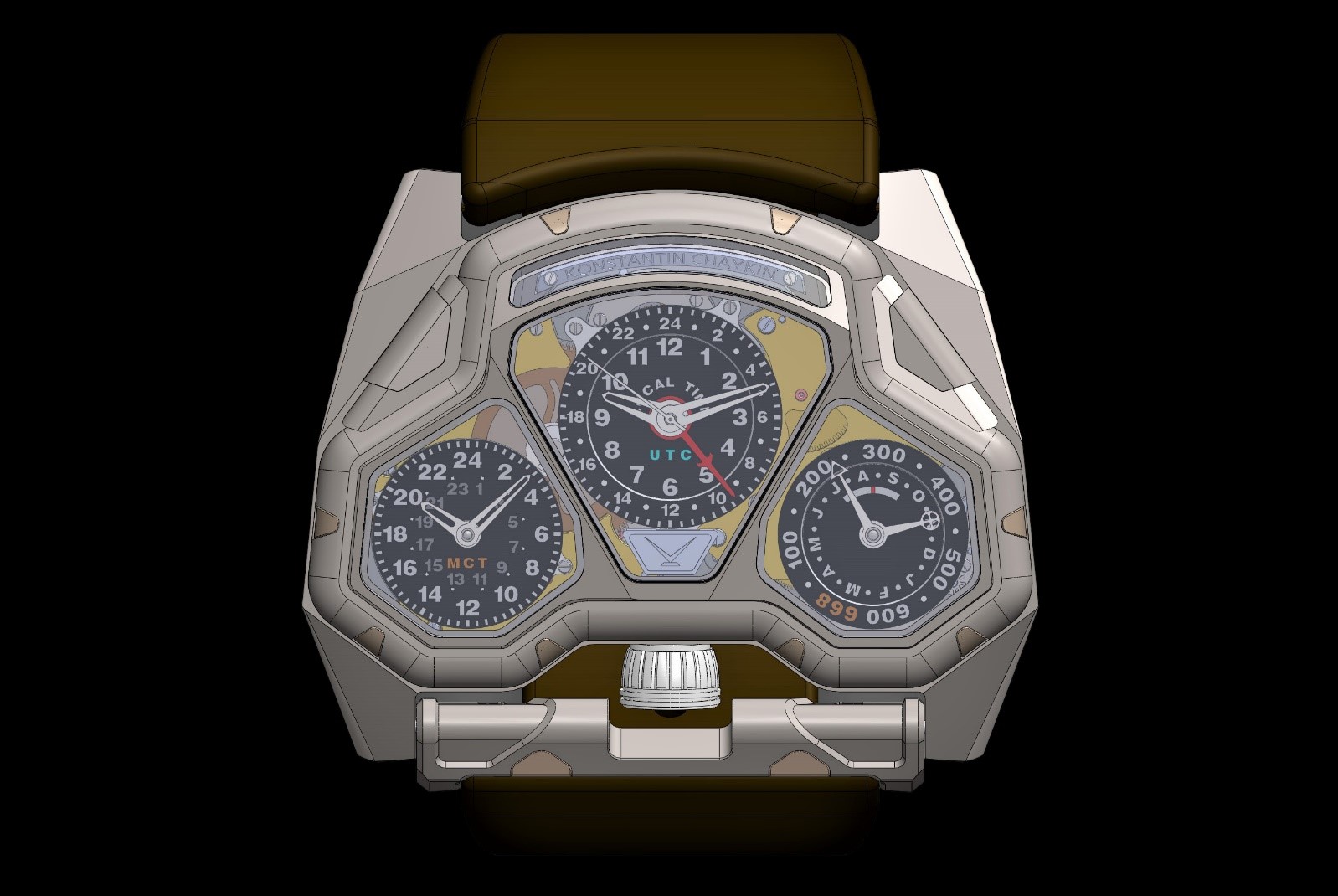
Konstantin designed a Mk 2 version of the Mars Conqueror, which included an improved time-correction system, but no prototype was built
Martian timekeeping, Mark 3
While Konstantin still aims to offer very complicated, astronomical watches in the same vein as the Mars Conquerer Mk 1 in the future, he decided to introduce his Martian-time invention in a simpler, more affordable watch, the Mars Conqueror Mk 3 Fighter.
Inspired by the cockpit instruments of Soviet fighter aircraft, the case design will become a signature element of the future Martian-time watches. The new watch indicates Earth time, along with an Earthly second time zone, and Martian time (MTC) on a sub-dial at six o’clock.
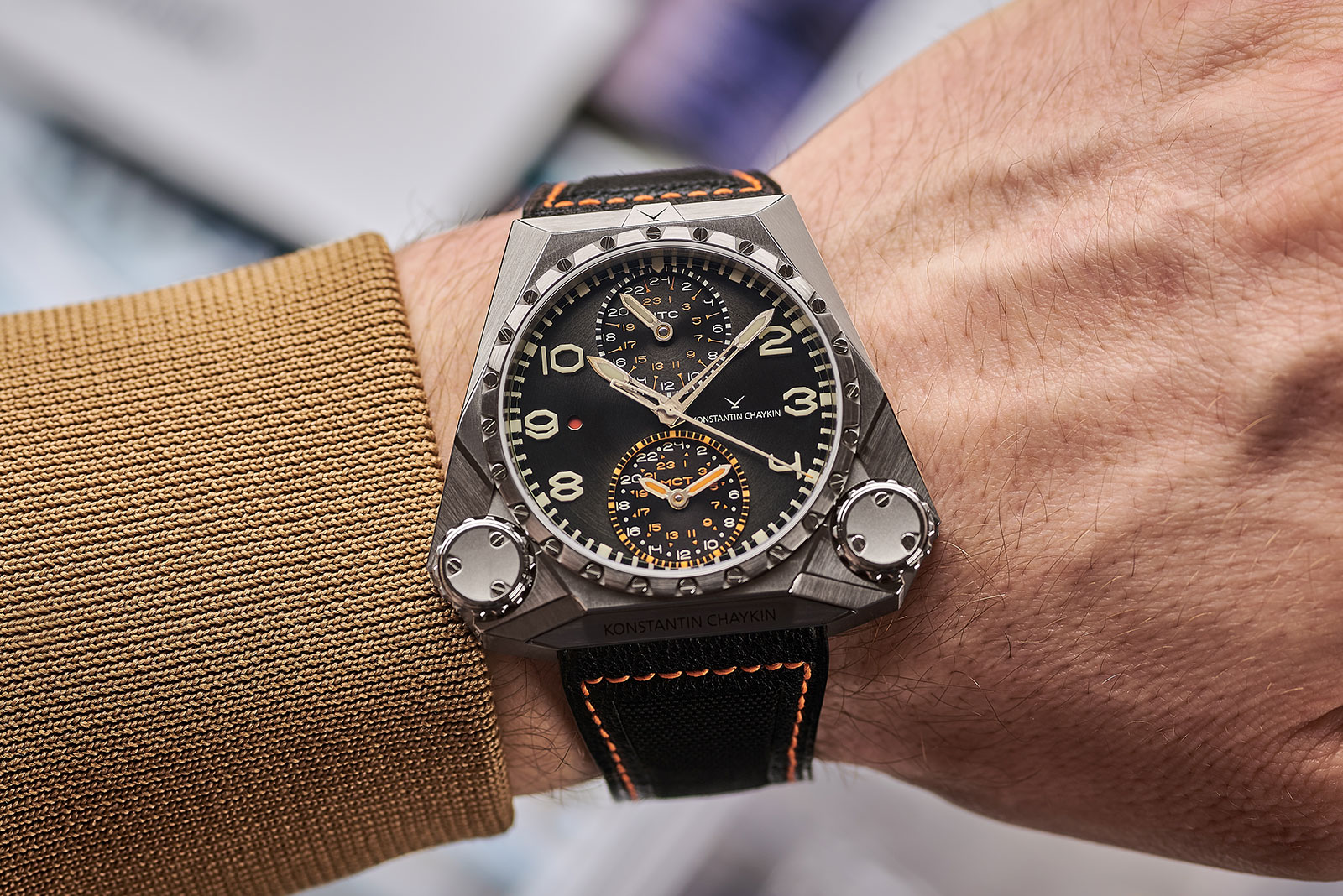
The Mars Conqueror Mk 3 Fighter
To simplify the gear train for the second time zone, the base movement is an ETA 2893-2 that already includes a GMT mechanism. Though simpler than the earlier Martian-time watches, the complexity of the movement is illustrated by the fact that the complications module alone is made up of 125 parts.
Amusingly, Konstantin described the process of developing the Mk 3 Fighter as “very long, and took about a year”. He obviously works to different timeframes as compared to the Swiss watch industry, which usually takes years to construct new movements.
The extensive modifications of the base movement were necessary because Konstantin wanted to integrate a two-crown mechanism he had originally developed for a vintage-style pilot’s watch in 2008; the two lateral crowns wind and set the movement respectively.
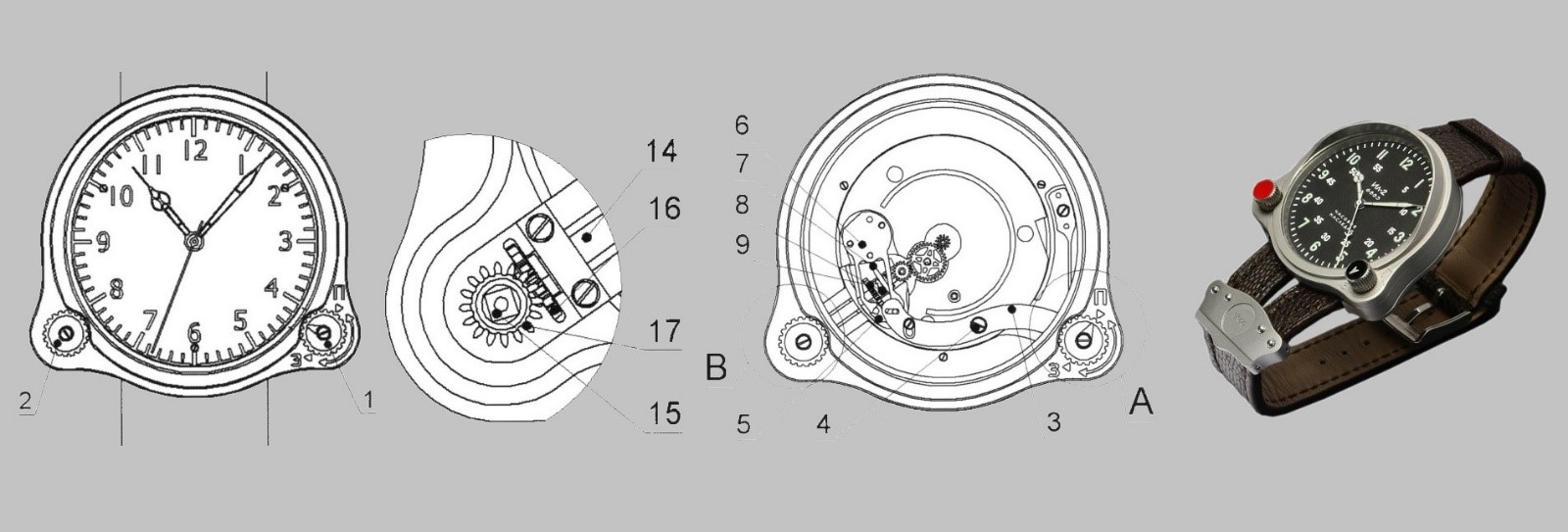
Inspired by the vintage Raketa IL-2 pilot’s watch (right), Konstantin’s Russian patent RU2518300 of 2014 shows the basic mechanism that separates the winding and setting functions, doing away with the standard single crown
In the Mk 3 Fighter, the left-hand crown for winding and setting is operable in three different modes, with the mode selected by the function-selector crown on the right. The current function of the left-hand crown is indicated by the colour in a small window at nine o’clock.
Rotating the right-hand crown switches the modes between manual winding of the movement, setting the UTC time zone indicator (clockwise rotation of left-hand crown) or setting Martian time (anti-clockwise rotation), and setting local Earth time.
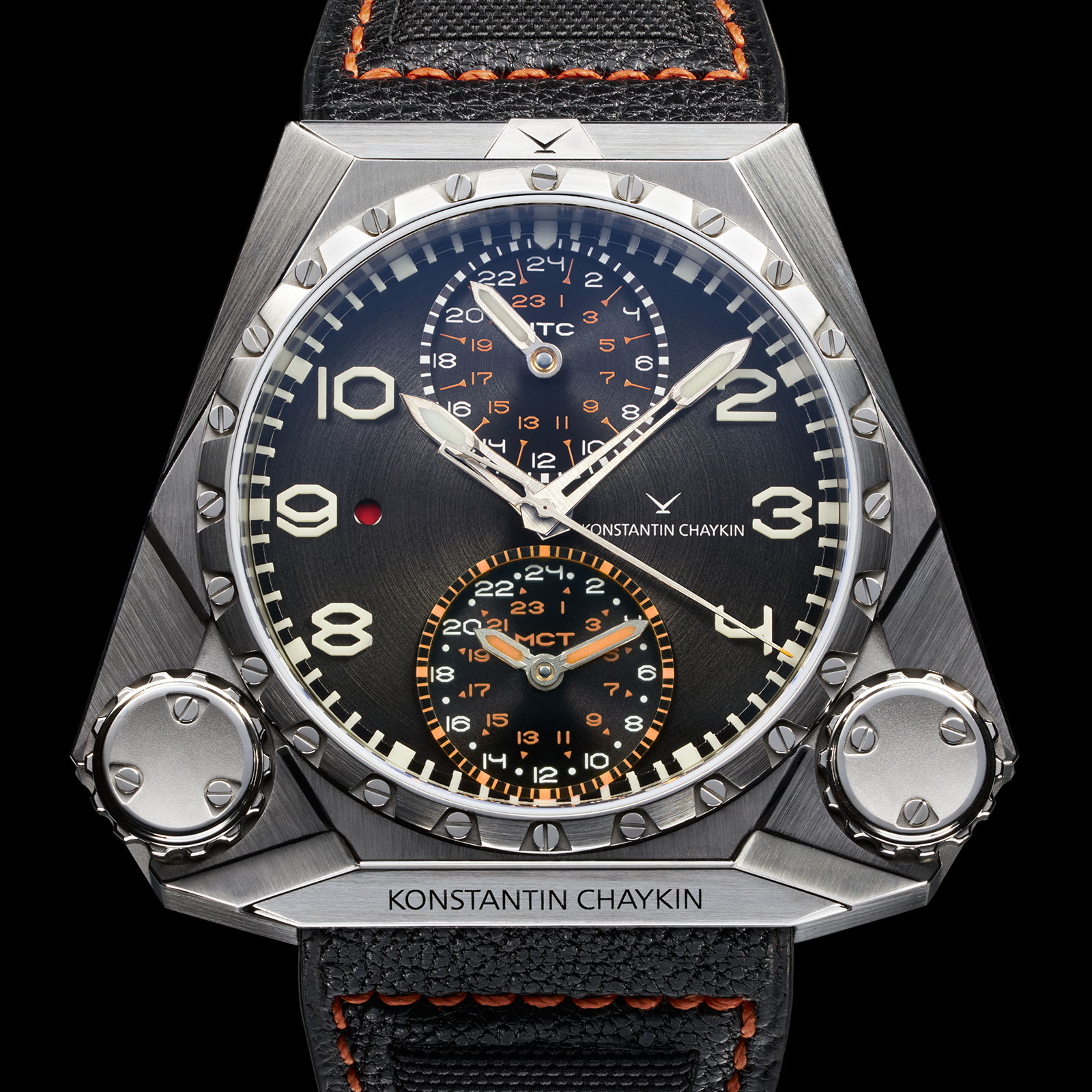
The Mars Conquerer Mk 3 Fighter, with Martian time at six o’clock, the second time zone for Earth at 12 o’clock, and the crown-function indicator in a small window at nine
Typically complication modules are connected to the base movements using only the under-dial mechanism, as Konstantin does with the Joker watches. But the function-selector mechanism in the Mk 3 Fighter required a far more elaborate modification. Konstantin had to develop the gear train specifically for the function-switching mechanism, while also reworking the base movement, including milling out the base plate of the ETA movement so that it could accommodate more gears.
Amongst the challenges in building the mechanism was ensuring that the left-hand crown advanced the GMT display while turned in one direction, while setting Martian time when rotated in the opposite direction. For this, Konstantin had to replace the calendar-setting mechanism of the base movement with the gear train for Martian-time setting.
Also, the conventional keyless works for time setting in the ETA base movement had to be replaced with Konstantin’s own system, which requires the delicate task of adjusting the interaction of the levers during movement assembly. That is one reason why assembly of all complicated movements, including the Mk 3 Fighter, is done by Konstantin himself and no one else.
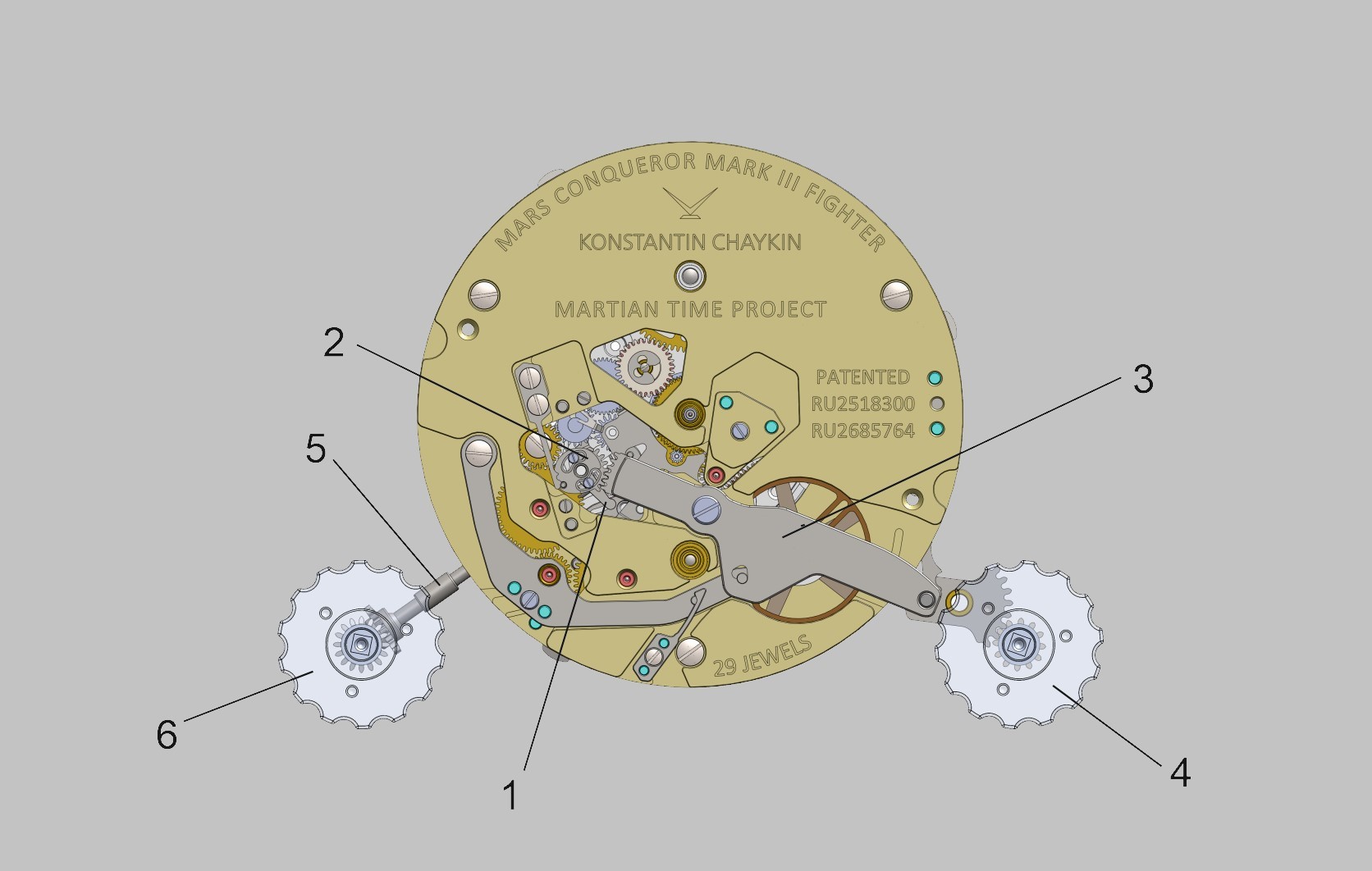
The special keyless works for the two-crown mechanism: (1) setting lever, (2) setting rack, (3) main rack, (4) right crown, (5) winding stem, and (6) left crown – the right crown rotates the main rack, which then rotates the setting rack that is connected to the setting lever
Besides major mechanical modifications, Konstantin also finishes the ETA base movement to haute horlogerie standards, before installing it within the much-larger complications module.
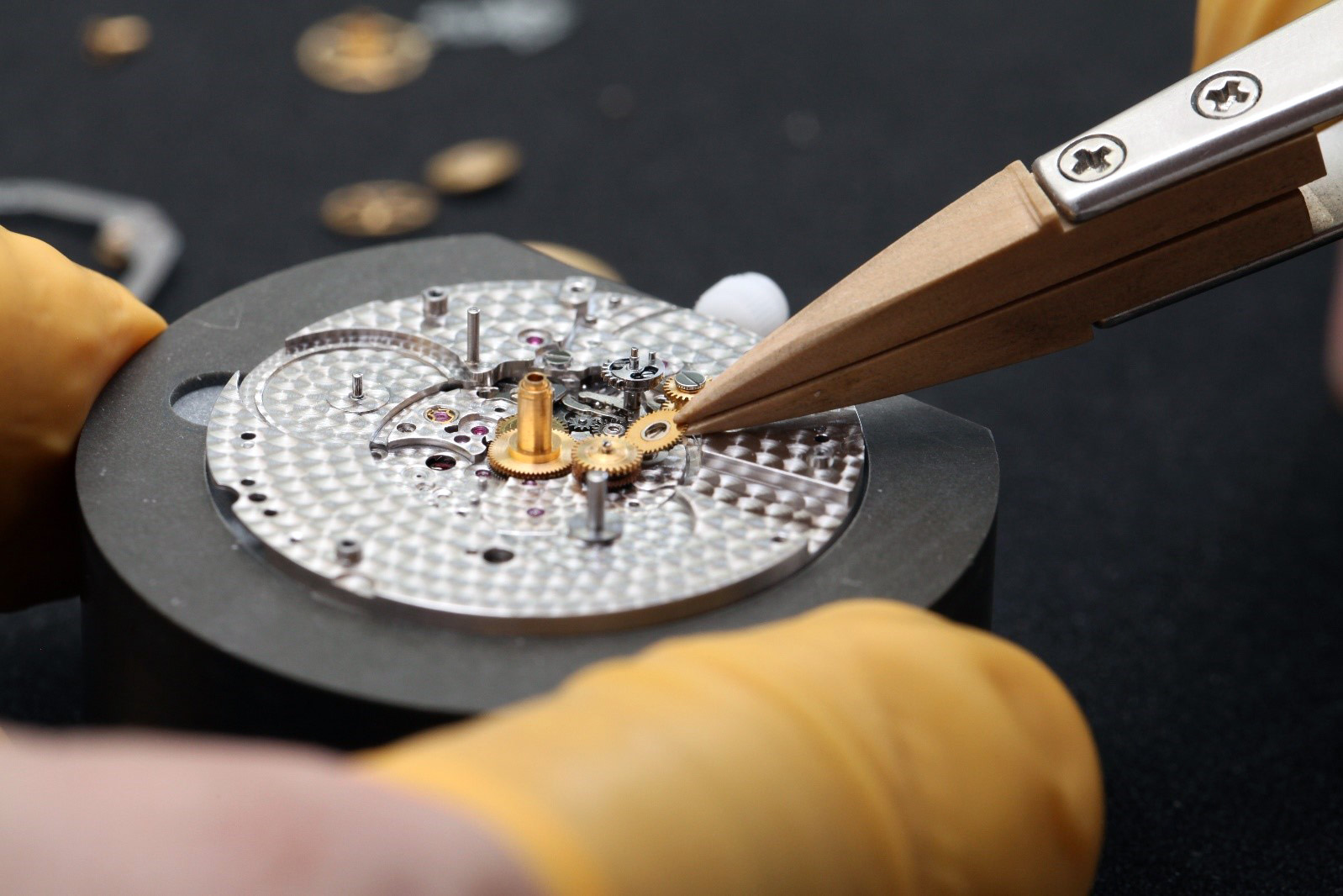
The first level of the movement reveals at its recessed centre the modified main plate of the ETA 2893-2 base movement
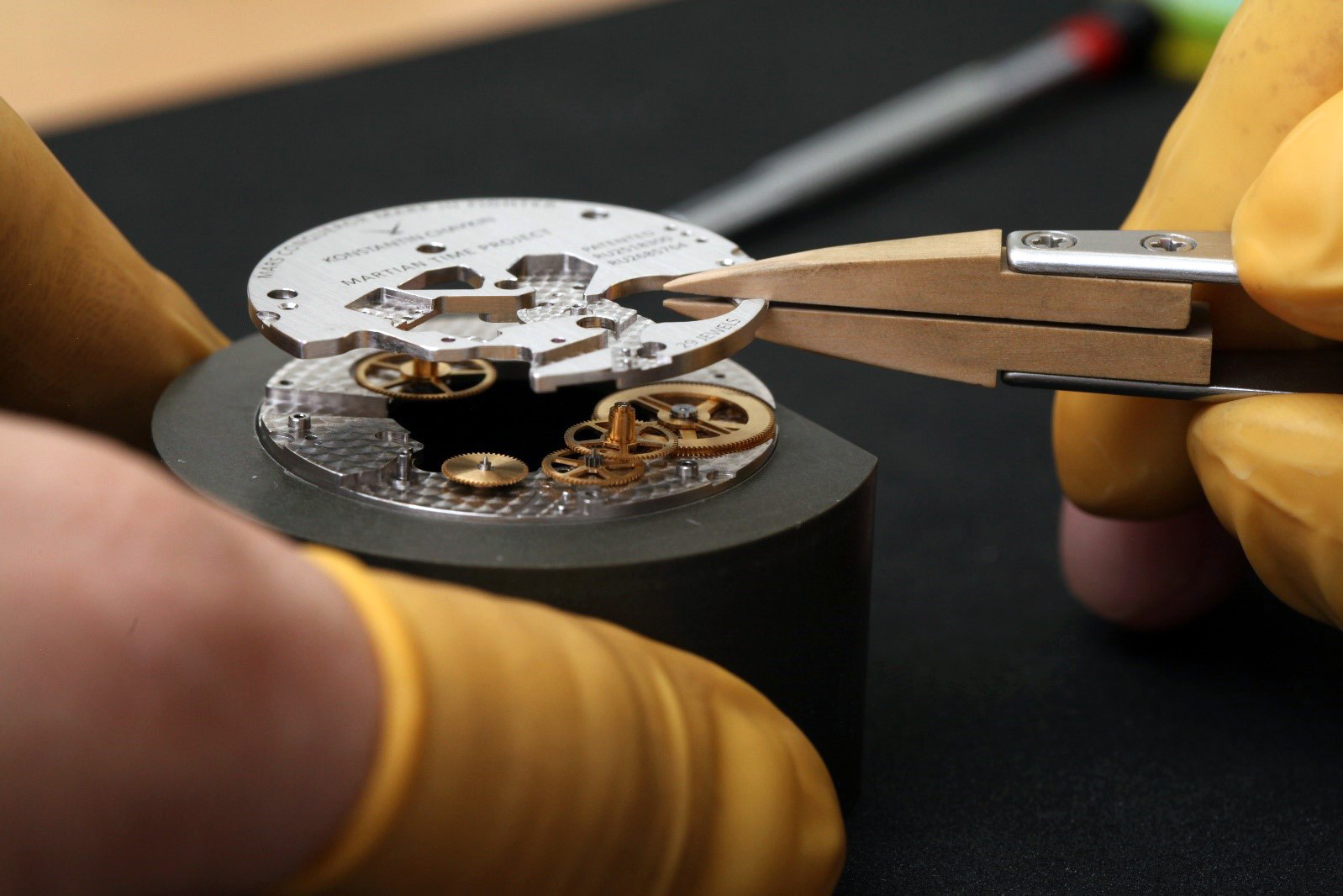
Installing the main bridge, which illustrates the two-layer, sandwich-like construction of the movement
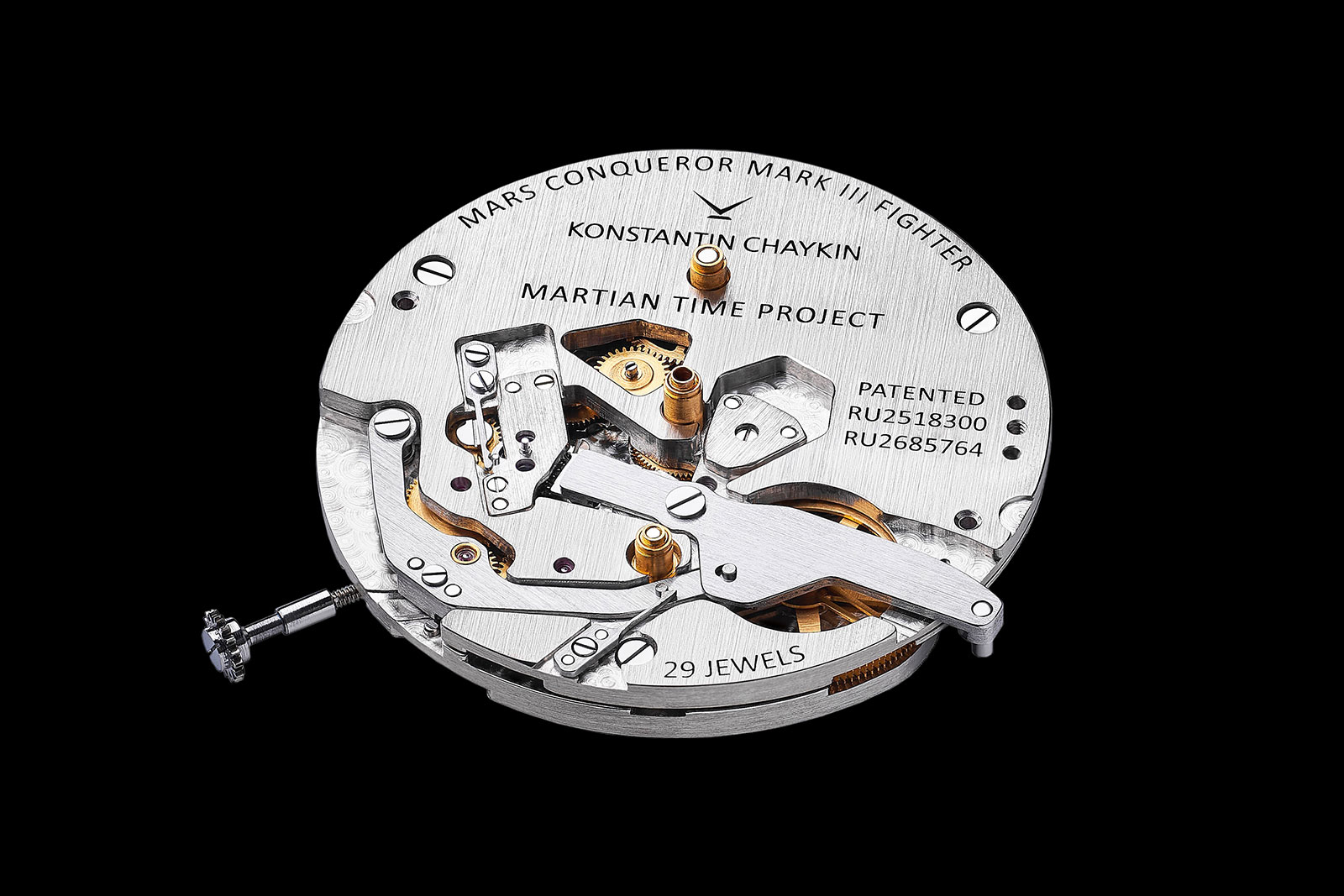
The finished K.15-0 of the Mars Conquerer Mk 3 Fighter
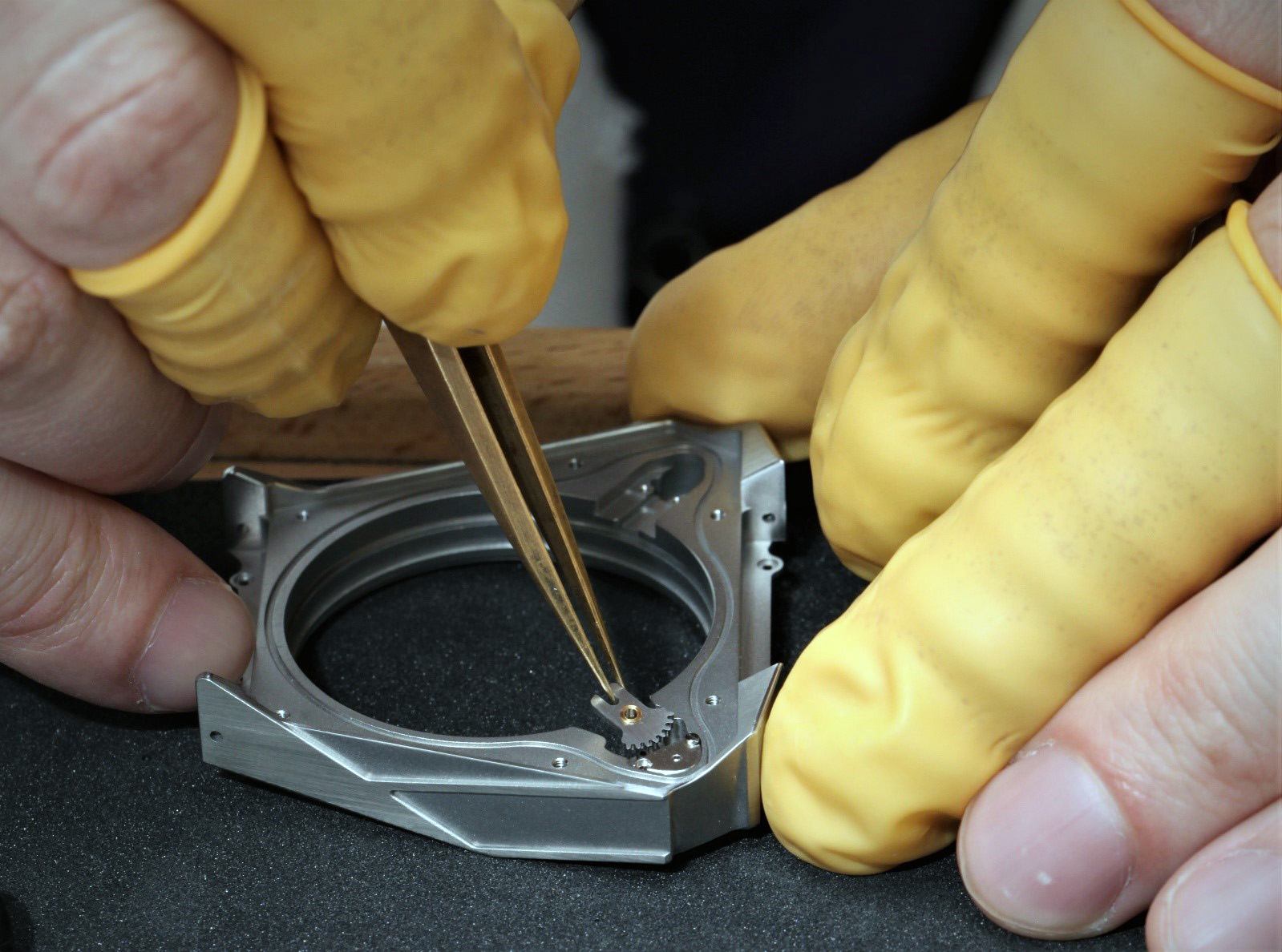
Interestingly, movement components are not just secured by the two plates, but several wheels and a rake are attached to the case, which functions as a secondary main plate
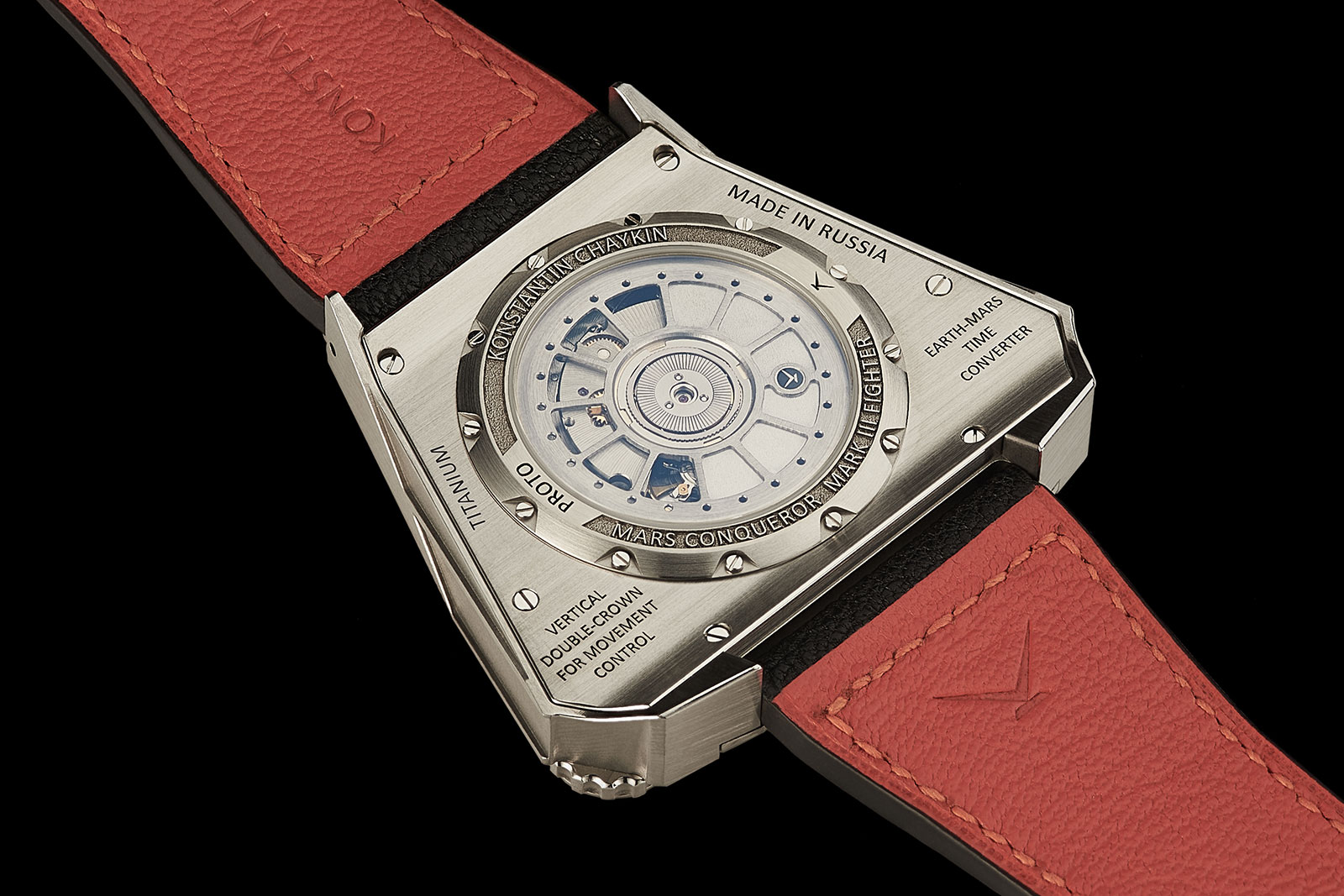
The movement seen through the display back
Instrument design
Konstantin has been fond of science fiction since childhood, explaining the spaceship-like case. Even though the extreme trapezoid form of the Mk 1 was softened and reduced in size, the Mars Conqueror Mk 3 Fighter still retains a triangular outline, while incorporating design elements from space travel. The notched bezel, for instance, is secured to the case by 24 functional screws, inspired by a spacecraft docking system.
Konstantin describes the design as a “brutal yet ergonomic case of a dynamic design, which is dominated by triangular edges” – and it is entirely his vision. As with all his recent watches, no designer was involved in its creation. Konstantin takes particular pleasures in developing forms and shapes, and he is most definitely not interested in drawing a classic, round watch.
Every watch starts as a sketch in his notebook, taking a laborious path from paper to plastic to brass, before final production can begin. Usually several brass prototypes have to be built to get it just right, because problems often show up only when all the parts are assembled and the mechanisms tested.
Getting to the final result also includes refining components to improve the ease of assembly during serial production. Once everything is perfect in function and reliability, the final technical drawings for production are executed.
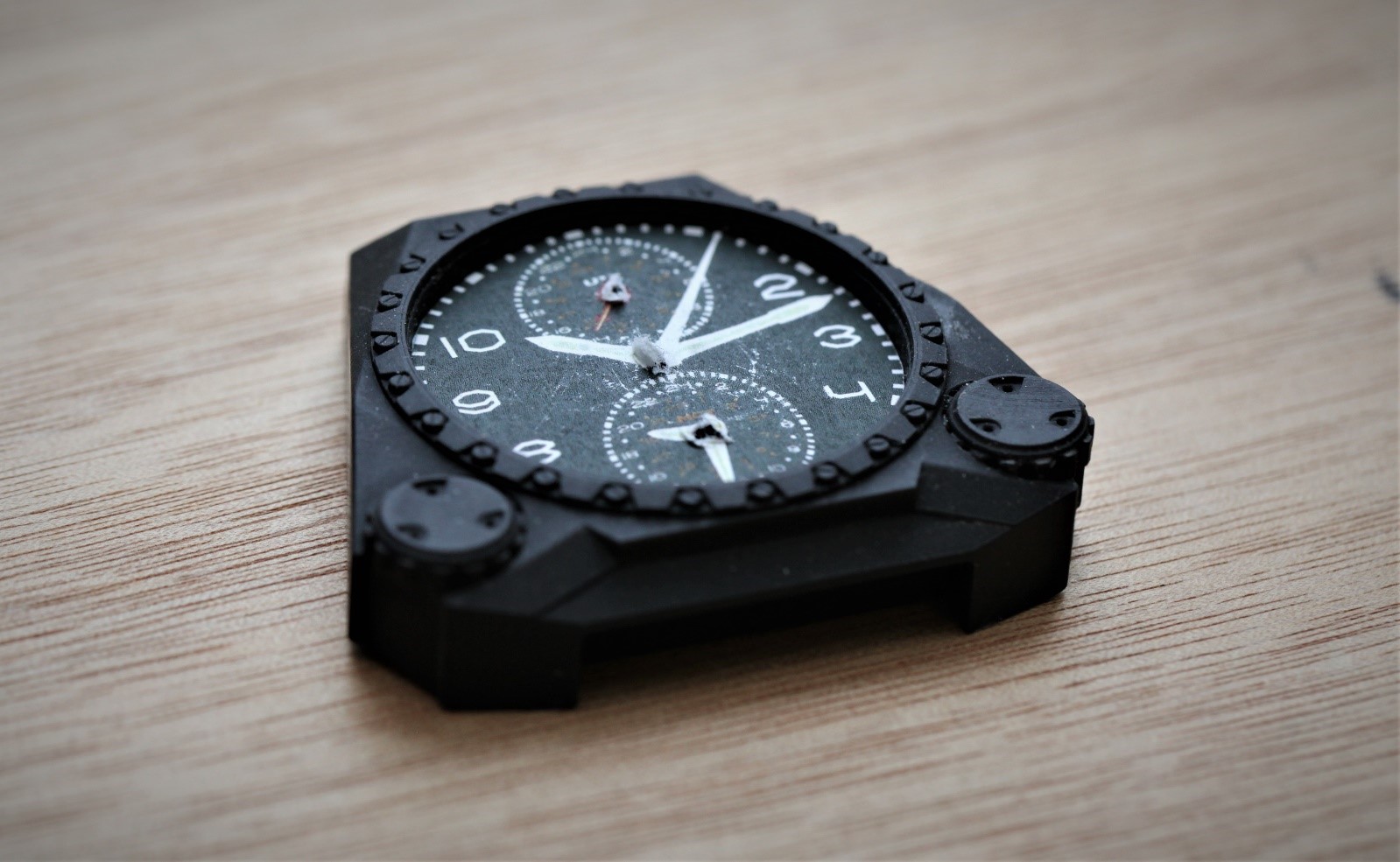
After converting his illustrations into technical drawings, Konstantin hones the shapes and details of the external parts over numerous cycles by with actual-scale, 3D-printed plastic models
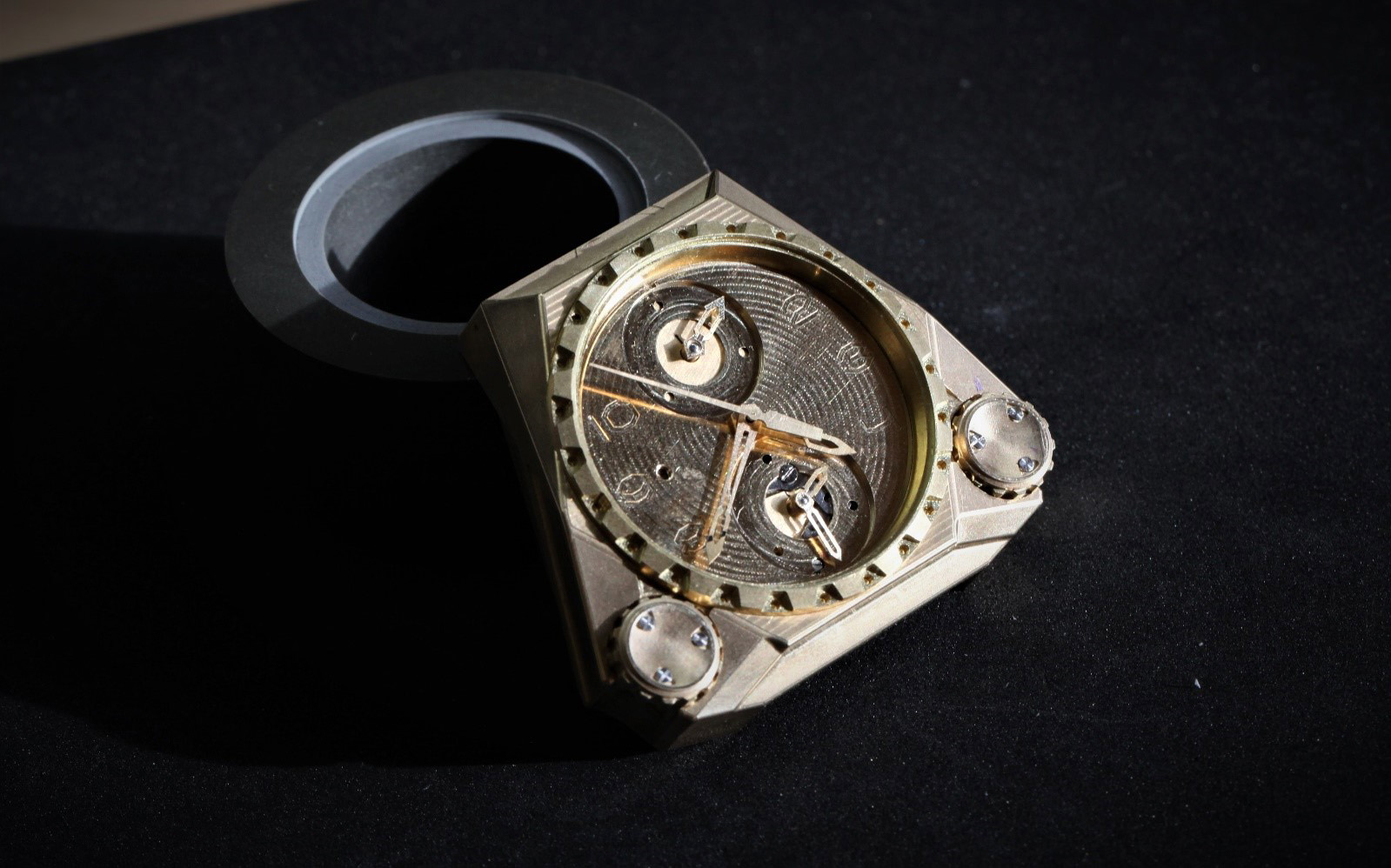
Once satisfied with the details, brass prototypes of the complications module and case are produced. For this early prototype, many movement parts are made by hand on a lathe, but intriguingly, the prototype brass case is made on a CNC-milling machine, which is typically used to produce larger runs at bigger watch brands
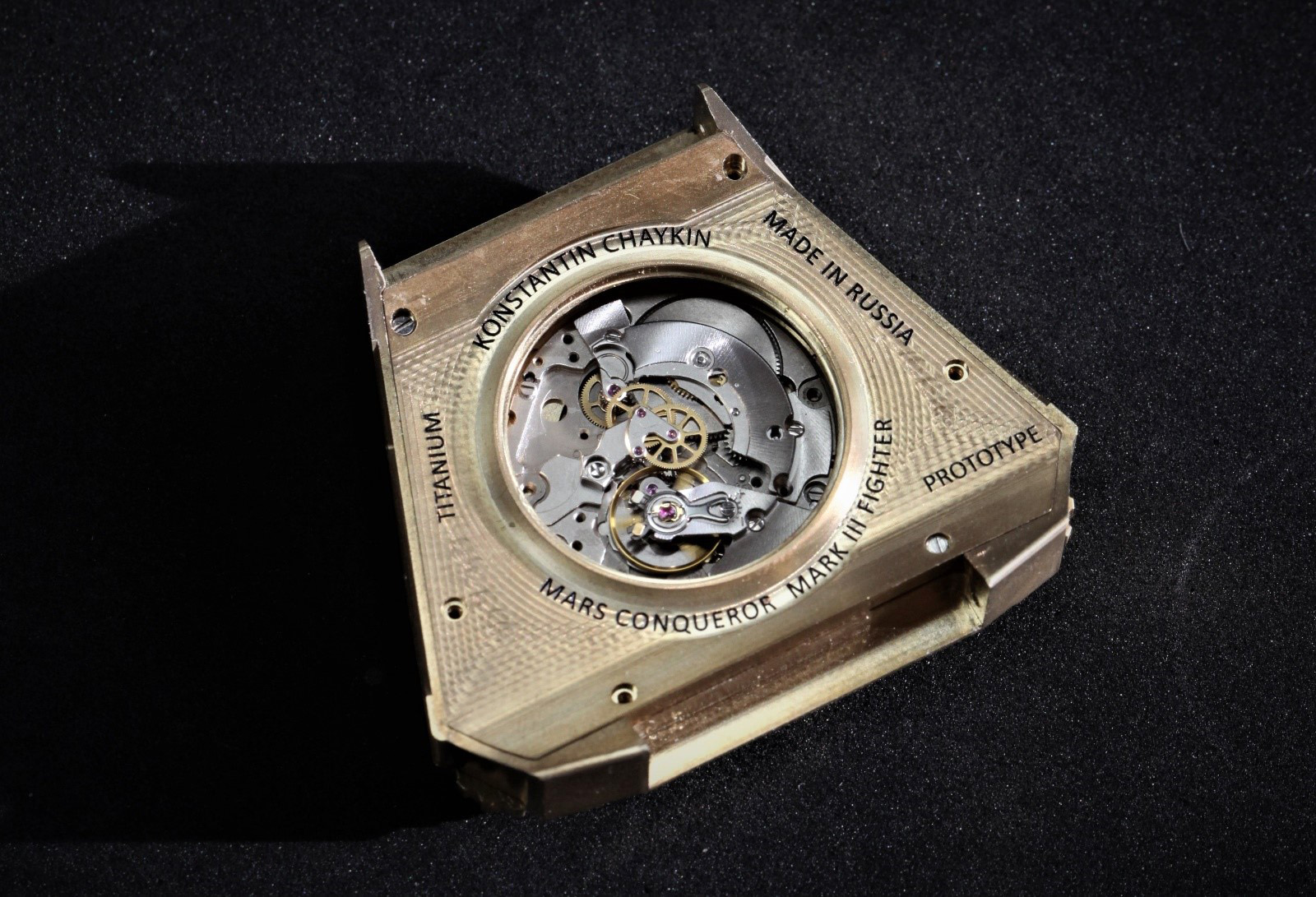
The brass prototype was fitted with an ETA 2893-2 movement with the automatic-winding bridge and oscillating weight removed
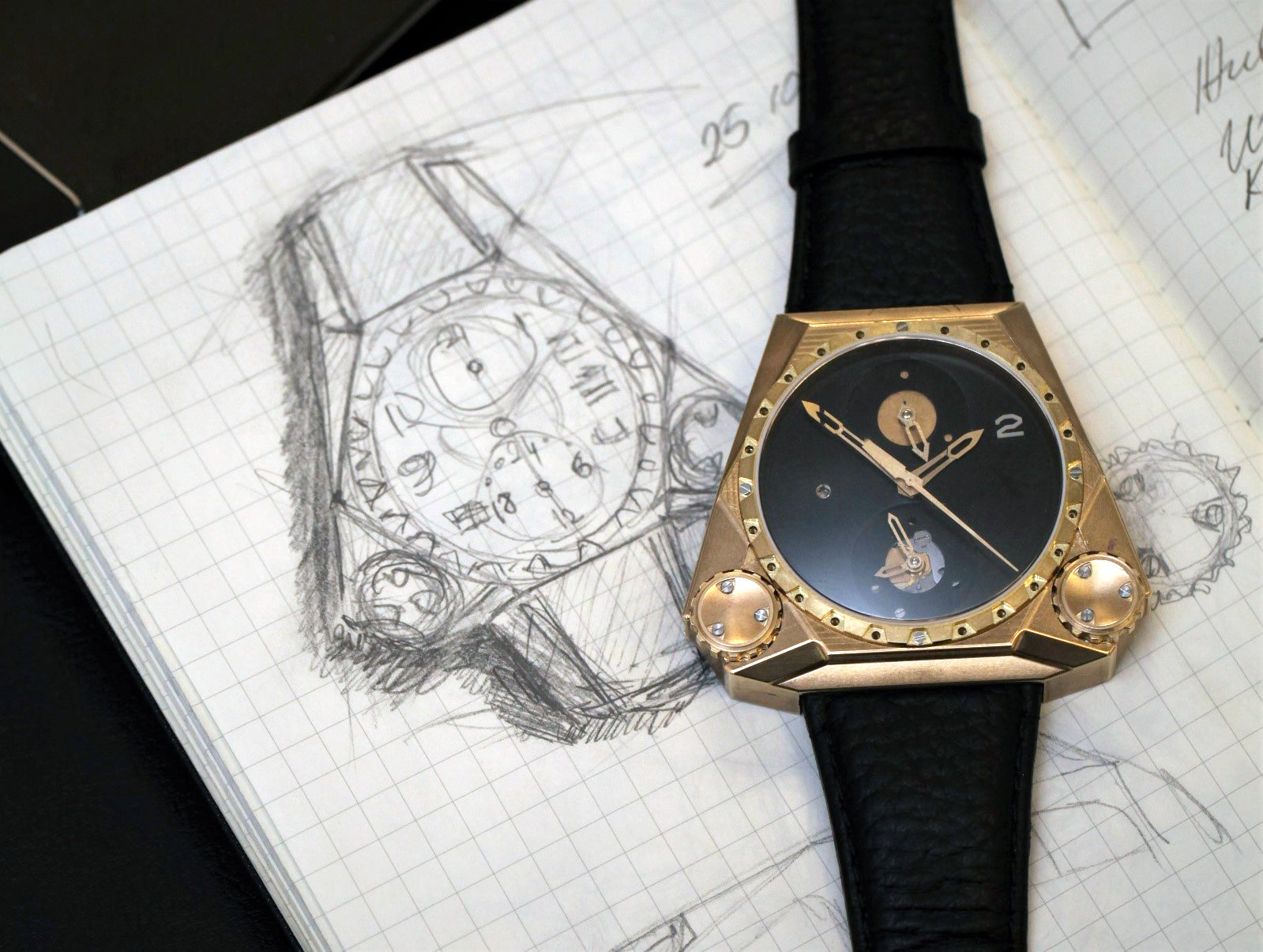
From sketch to brass prototype
Konstantin’s eye for detail means that the sci-fi theme is not just found in the overall style of the watch, but also in the smallest of elements, refined with numerous sketches before he is satisfied.
Take the hands, for instance. To ensure coherence in the aesthetics of the watch, using stock hands from a supplier’s catalogue was out of question. So Konstantin designed “starship” hands, inspired by the silhouette of Soviet rockets. As they would be in an actual military-issue watch, the hands had to be large enough and covered with luminous paint – blue-green “lume” for Earth time and orange for Martian time.
Even the fonts for the numerals were designed by Konstantin himself. He developed specific typography to echo the trapezoidal form that is central to the space-travel theme of the watch.
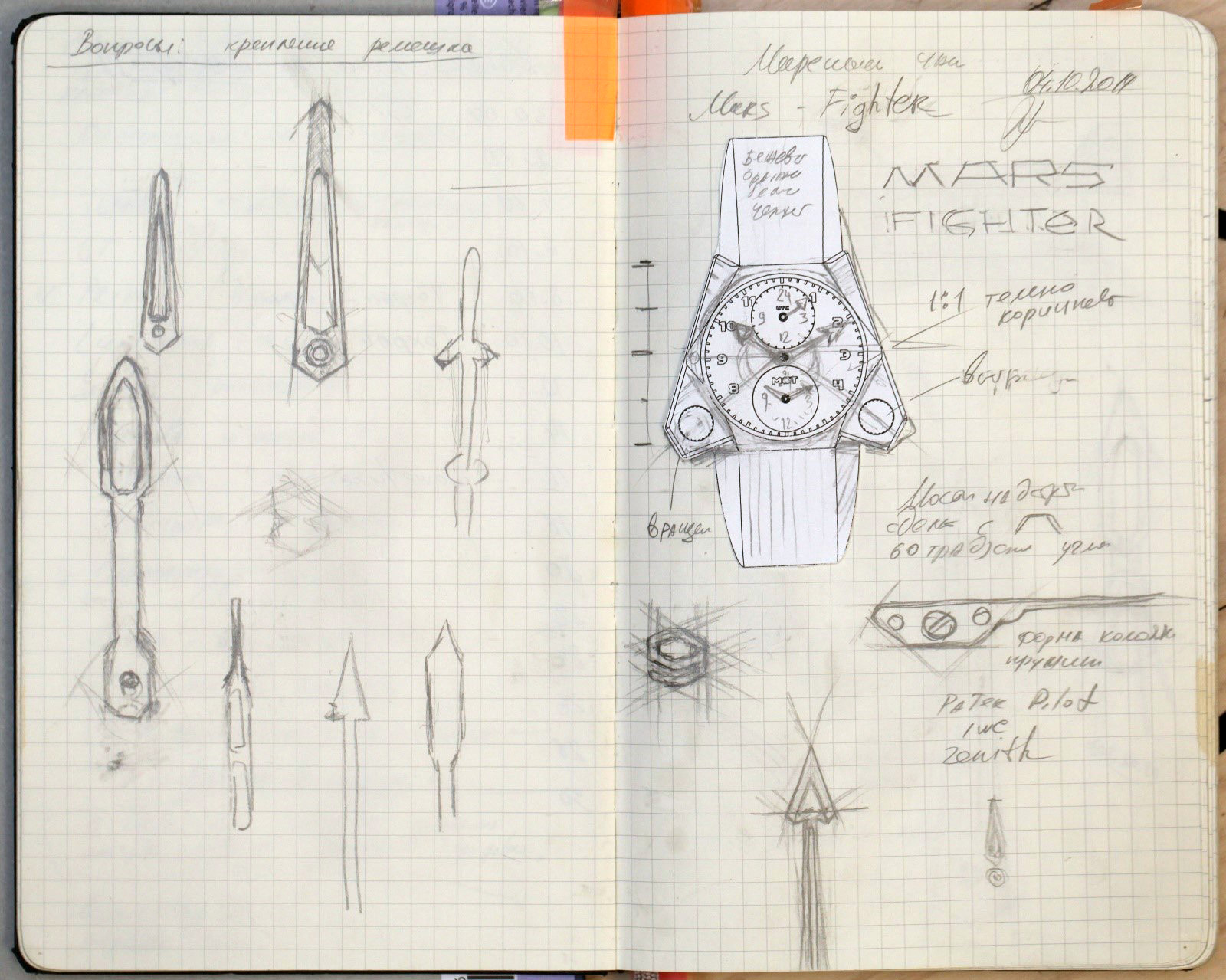
Sketches for the hands
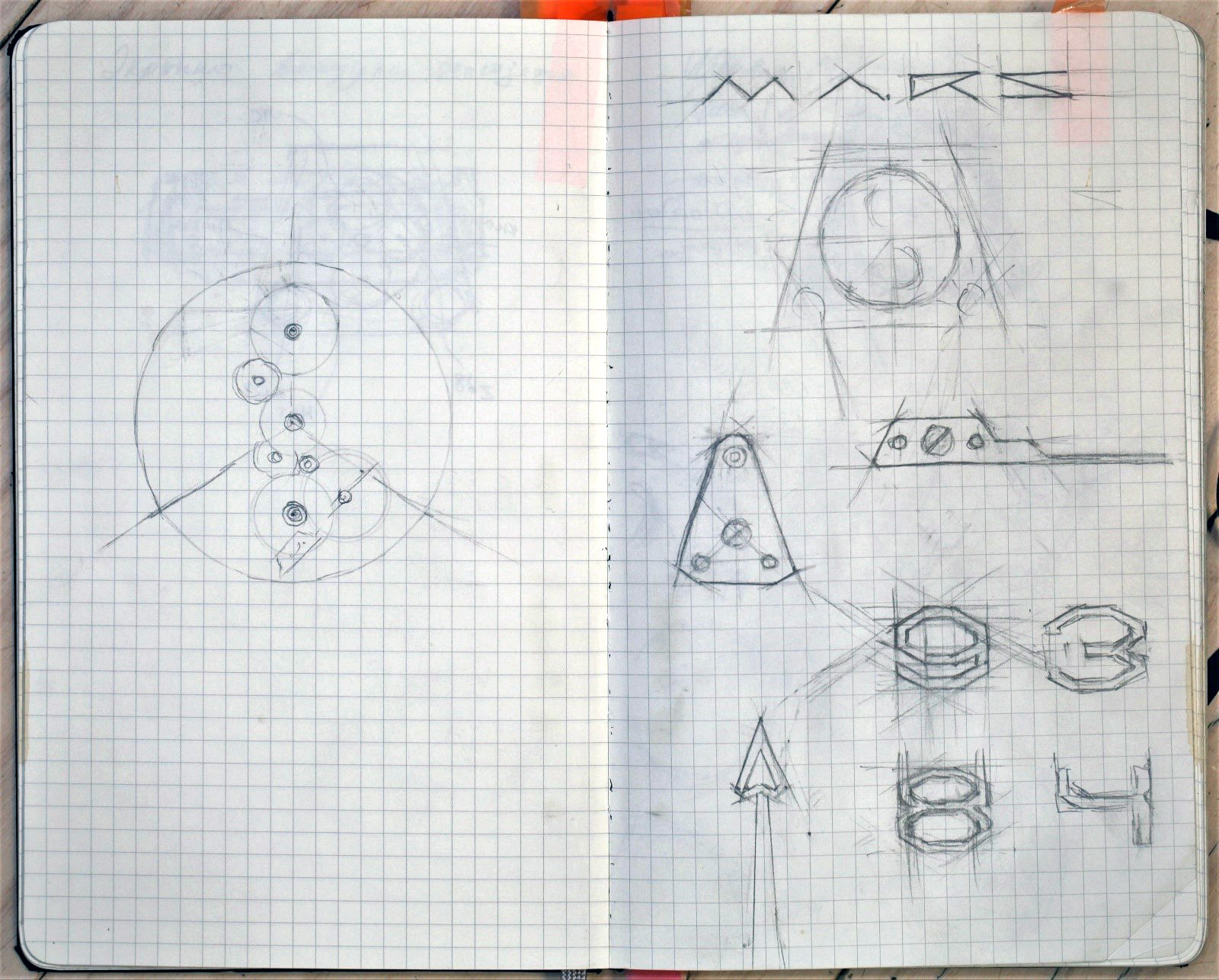
Design experiments for bridges and fonts
Interstellar production
Because Konstantin produces nearly all parts in his own workshop, he has complete freedom to experiment, even with the smallest of parts. He is actually very fond of complex shapes and different finishes, which makes production particularly difficult. The rocket-shaped hands, for example, are finished with a two methods each of grinding and polishing.
The vertical integration of every step, from design to production, means the watch truly represents Konstantin’s vision. Not just from a design perspective, but also in terms of tangible quality, since Konstantin can ensure no compromises creep into the design during manufacturing.
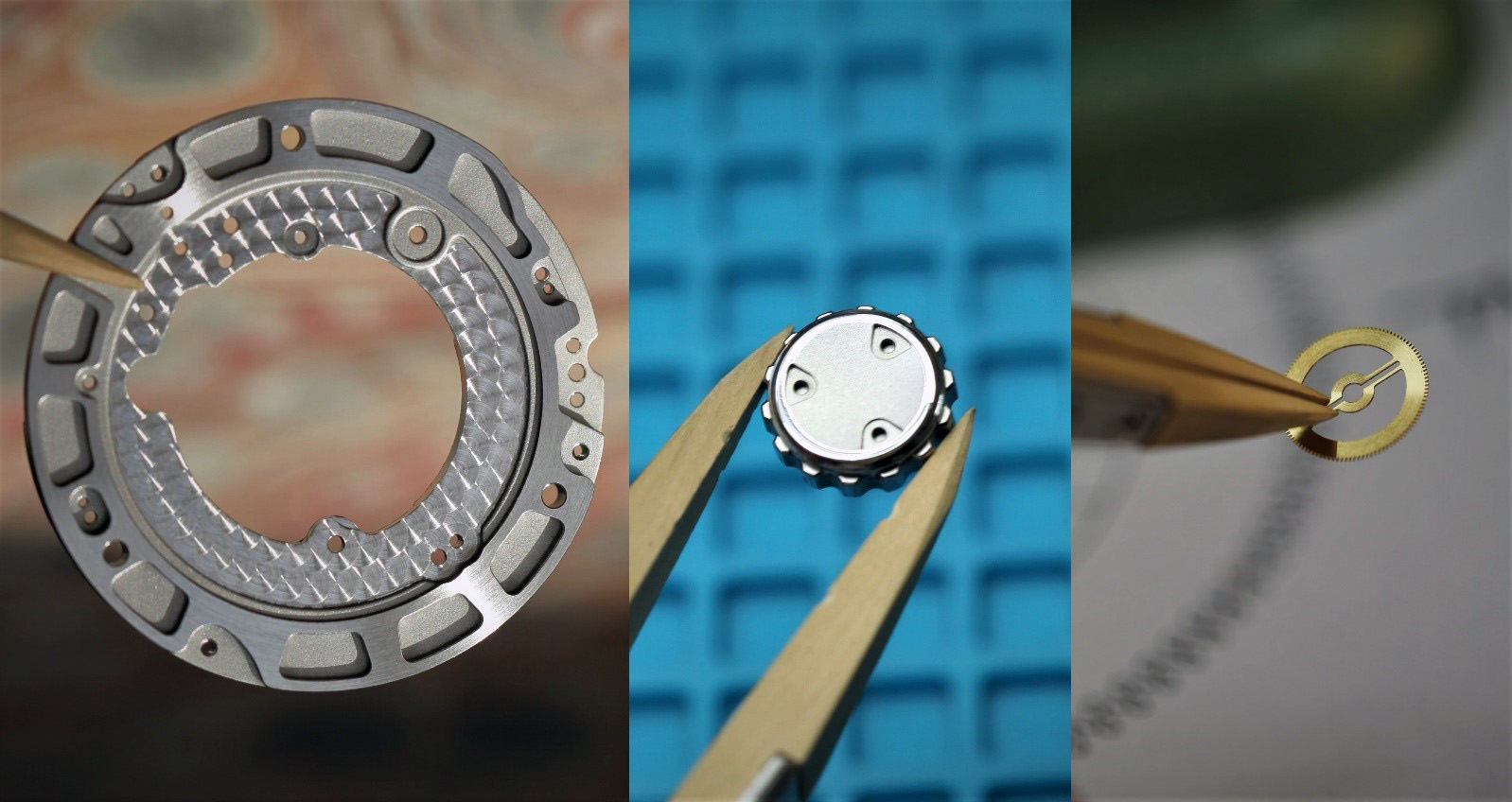
Konstantin is proud that he can produce almost everything, no matter how complex, in his workshop. The main plate, winding crown and 112-teeth wheel of the Mk 3 Fighter demonstrate the care lavished on the finish of hidden parts
As a common metal in planes and spacecraft, titanium was the choice for the case material of the first series Mars Conqueror Mk 3 Fighter.
The multitude of planes and edges, convex and concave shapes, as well as bevelled edges make the complexity of the case evident. And all of it, from milling to finishing, is done in-house.
While Konstantin uses also wire erosion to form smaller parts, the case for the Mk 3 Fighter is machined from a block of titanium in a three-axis CNC mill, where the complex case shape requires rotating the workpiece several times during the machining process.
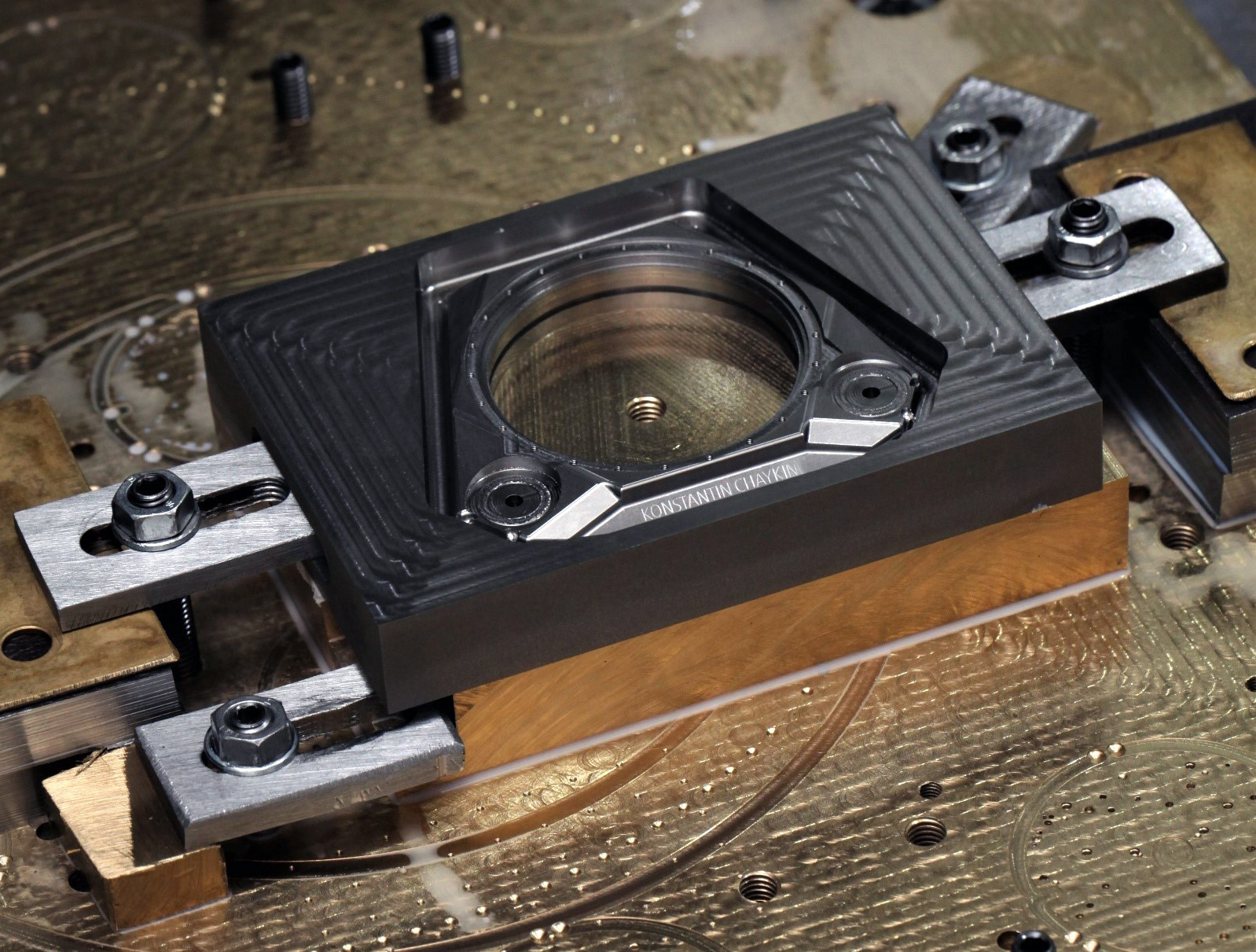
Milling the case
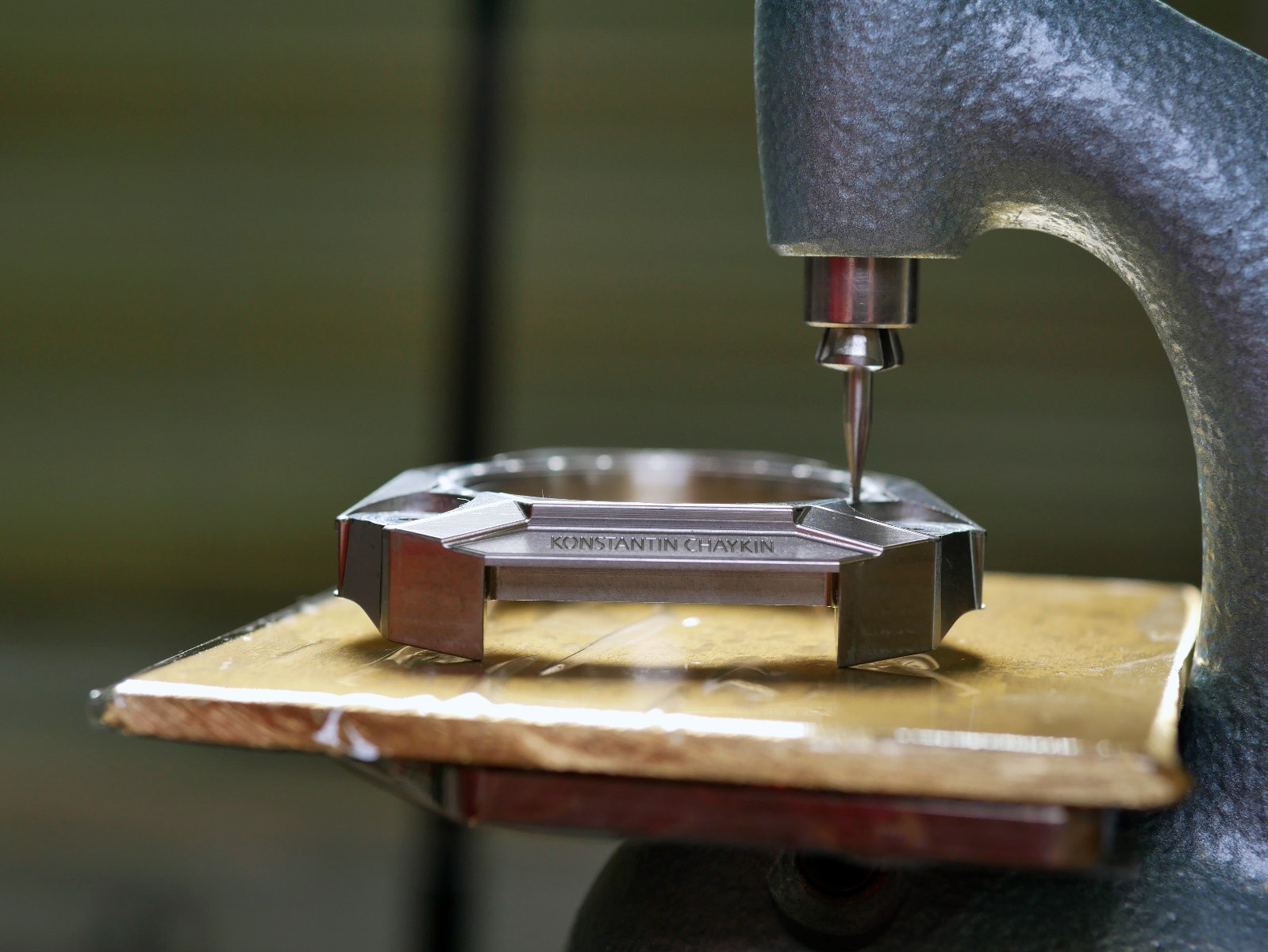
Though the case is milled by machine, the cutting of the threads to hold the bezel screws is done manually
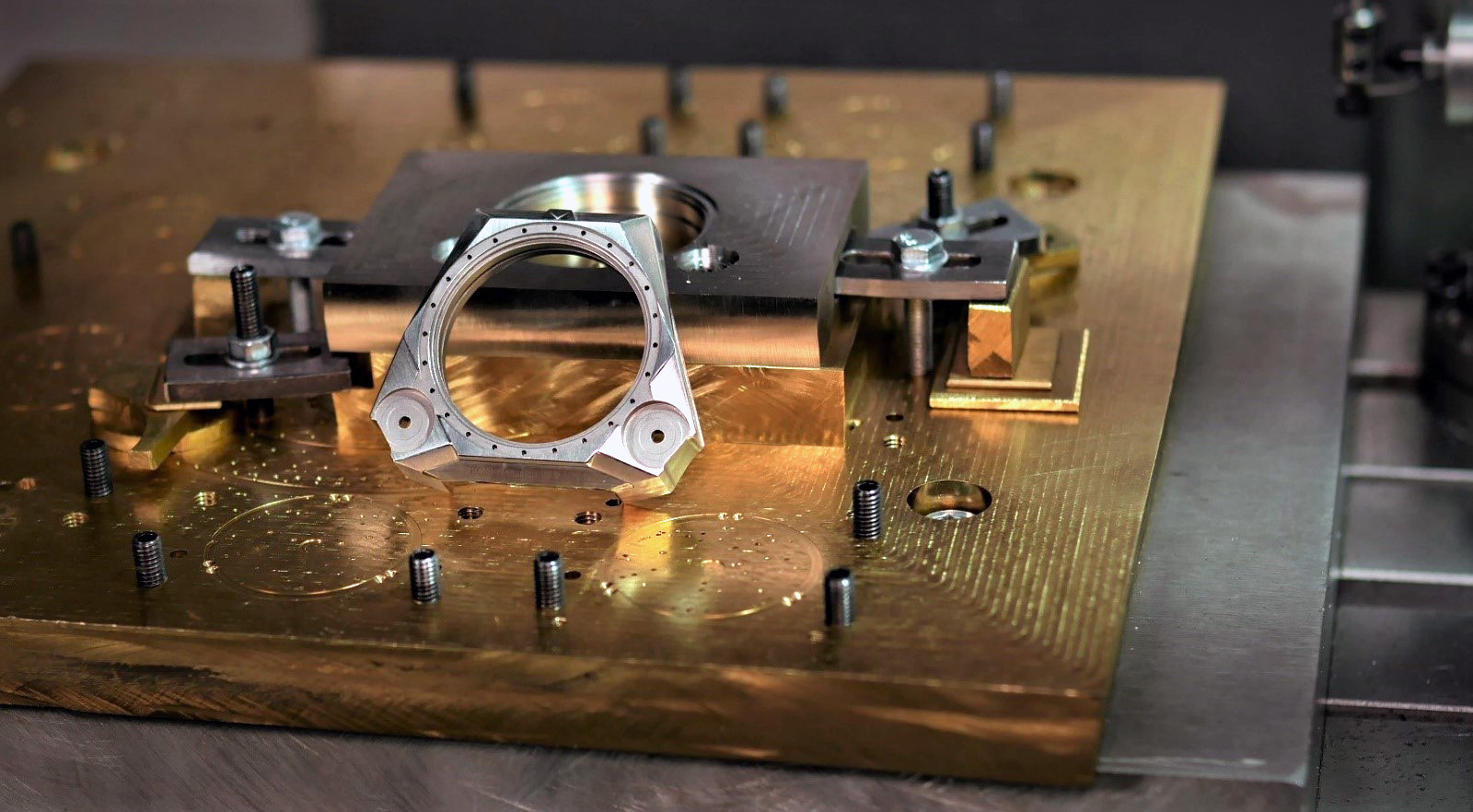
To manufacture just the basic form of the case requires 36 hours of milling, and at least 16 hours for finishing
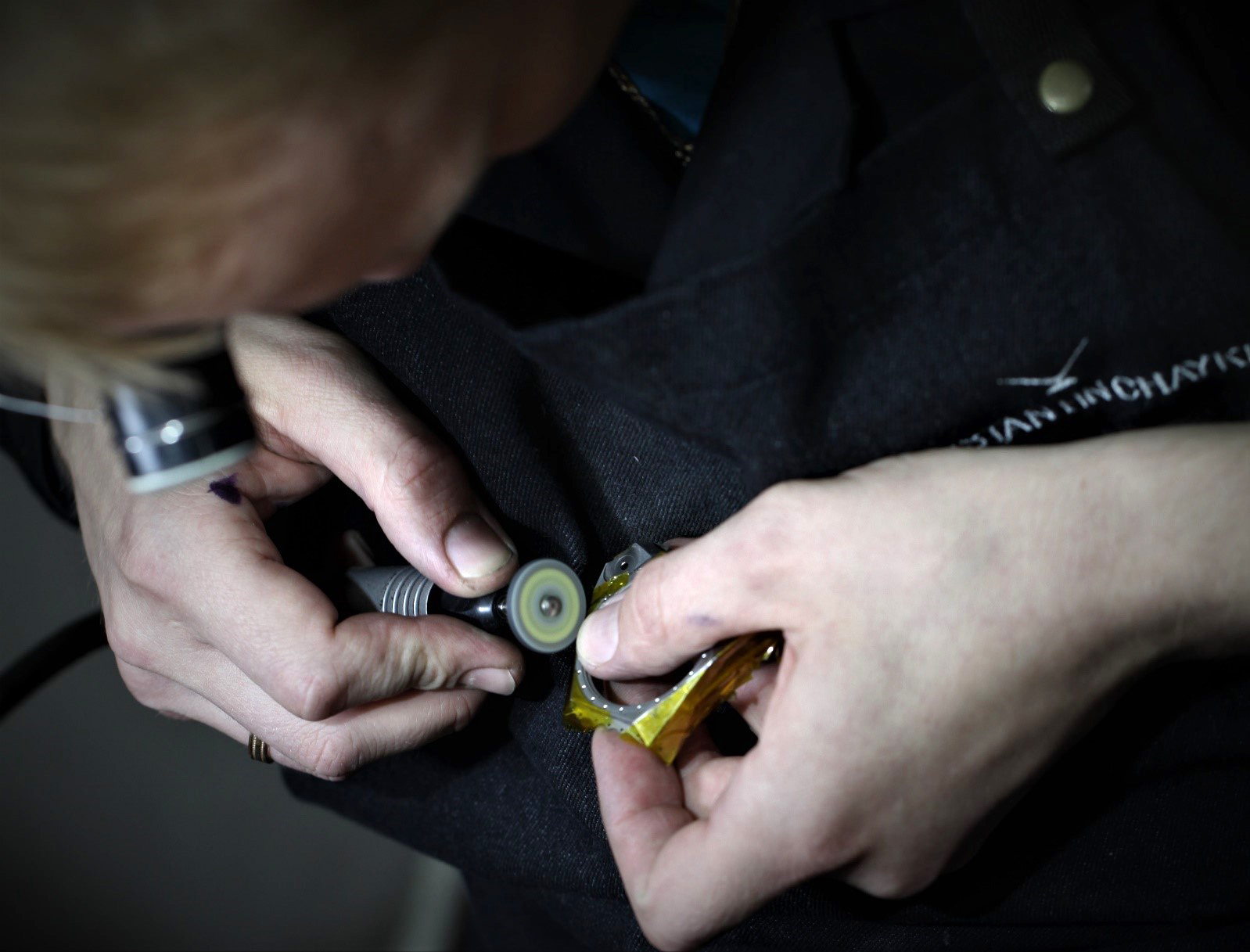
None of the finishing is done by automated machines, instead experienced craftspeople do all the finishing by hand with special tools, working section by section, with the completed surfaces protected with a plastic film
Even the numerals for the hours as well as the minutes are made in-house, cast from blocks of glow-in-the-dark resin, which is essentially a polymer mixed with luminous compound that glows strongly. Even in the early darkness of twilight, the luminous resin will light up faintly, with each scale glowing in its respective colour.
Also used to create the smile-shaped appliqué found on the dial of the Night Joker watch, the innovative luminous material Konstantin uses is produced in-house. Made by a Russian specialist, it is delivered to Konstantin as a fine-grain resin powder. The powder is moulded into discs that are then milled into the numerals and tracks.
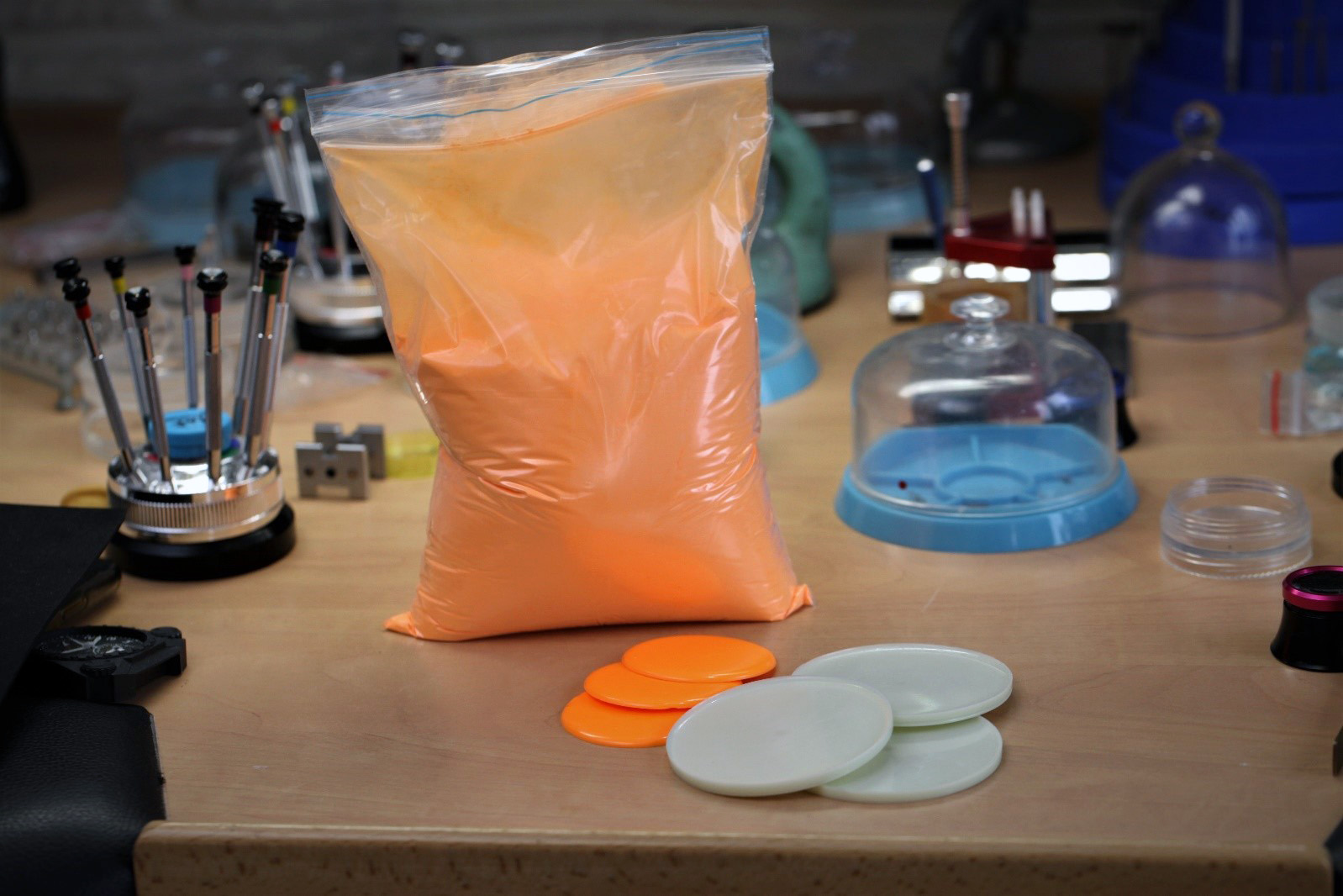
Luminous resin powder – a key challenge in moulding the resin is avoiding bubbles and other defects
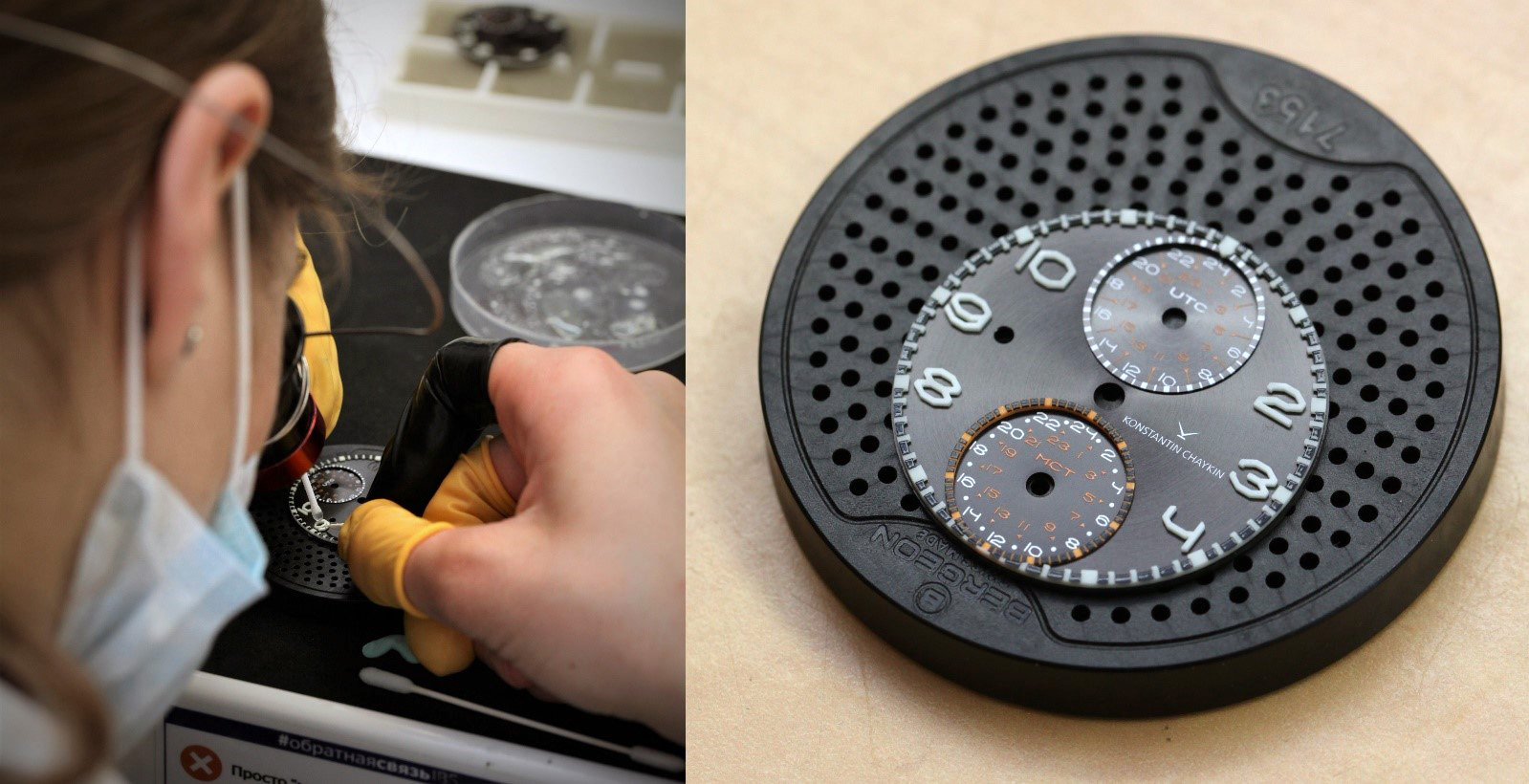
Because the luminous resin appliqués have no feet to secure them to the dial, recesses are milled onto the dial surface to seat the numerals precisely
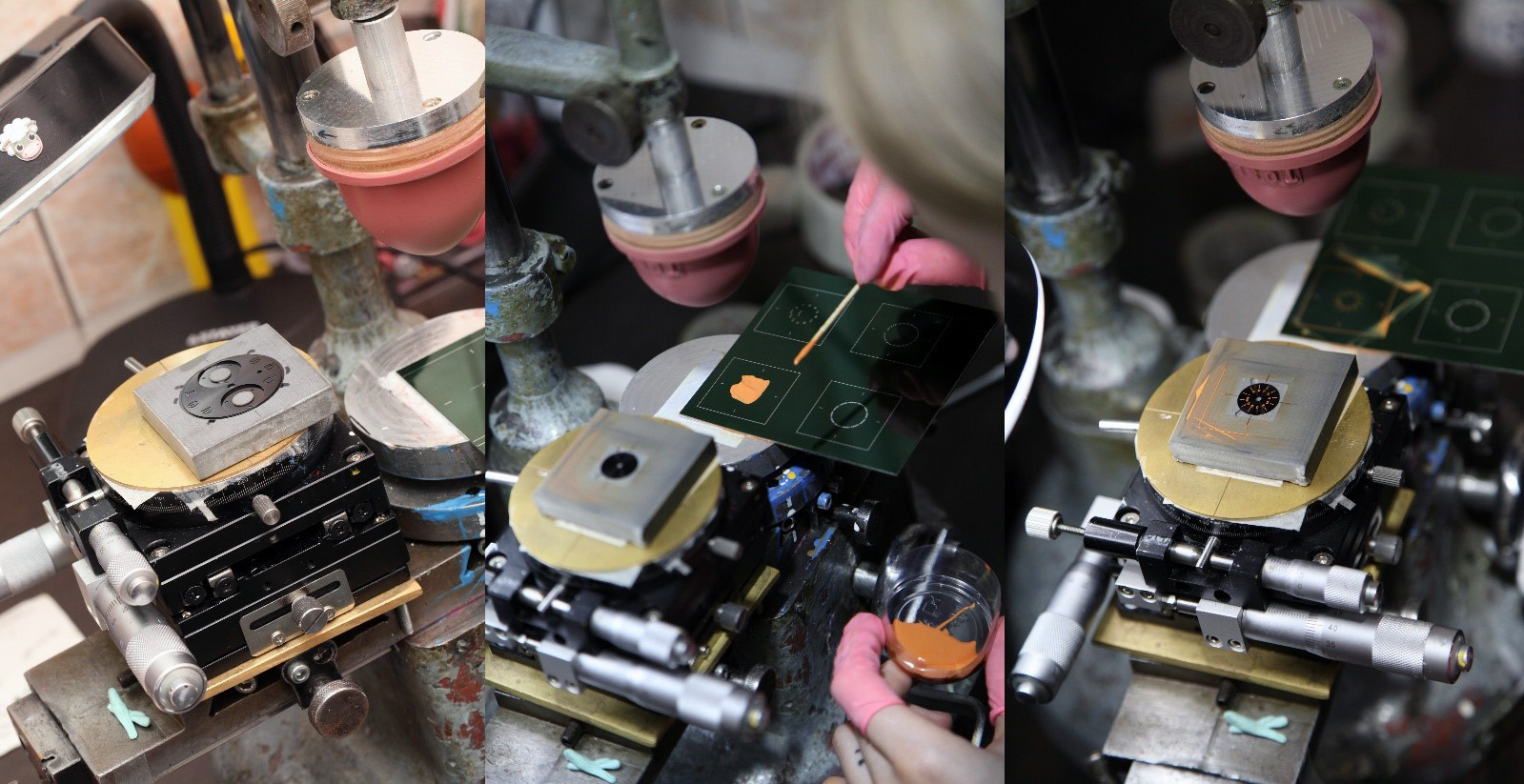
The smaller scales and markings on the dial are pad-printed with luminous paint that has to be mixed just right to obtain the right viscosity, and then carefully applied with a manually-operated machine to get a neat, three-dimensional print
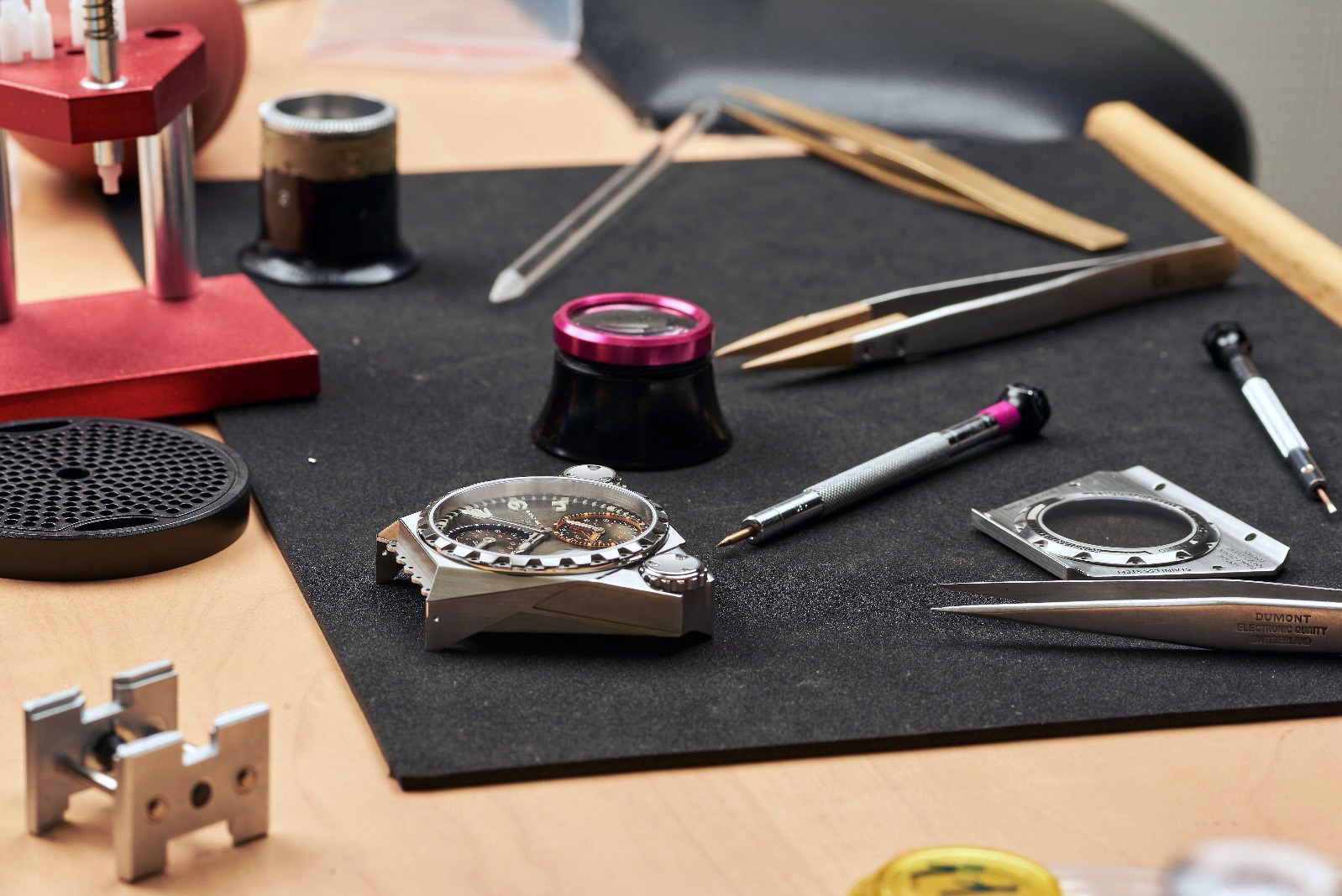
As our discussion drew to a close, I provocatively asked Konstantin if he feared that watch enthusiasts might lump the Mk 3 Fighter in the category of “fun” watches along with the Joker.
“I sincerely believe that I am able to invent and develop, and my manufactory is capable of creating, the best space watches, starting with the watches designed especially for outer space, all the way to watches intended for operating in the harshest conditions,” responded Konstantin, perhaps mildly upset at the question.
“I don’t have such financial opportunities and resources as, for example, Omega, which I respect deeply, but I hope that my experience, knowledge, and ingenuity can accomplish just as much.”
For later in the year he promises the next stage of his cosmic timekeeping journey – a watch with a Martian calendar.
Key facts and price
Konstantin Chaykin Mars Conqueror Mk 3 Fighter
Diameter: 55.82 mm by 48 mm
Height: 15.3 mm
Material: Titanium
Crystal: Sapphire
Water resistance: 100 m
Movement: K.15-0 (ETA 2893-2 base movement)
Functions: Hours, minutes, and seconds for local time, and second time zone display, for Earth time; hours and minutes for Martian time; and mode indicator for the crown
Winding: Self-winding
Frequency: 28,800 beats per hour (4 Hz)
Power reserve: 42 hours
Strap: Leather with titanium pin buckle
Limited edition: Eight pieces in titanium
Availability: Direct from Konstantin Chaykin
Price: €19,710 before taxes
For more information, visit Chaykin.ru.
Back to top.






